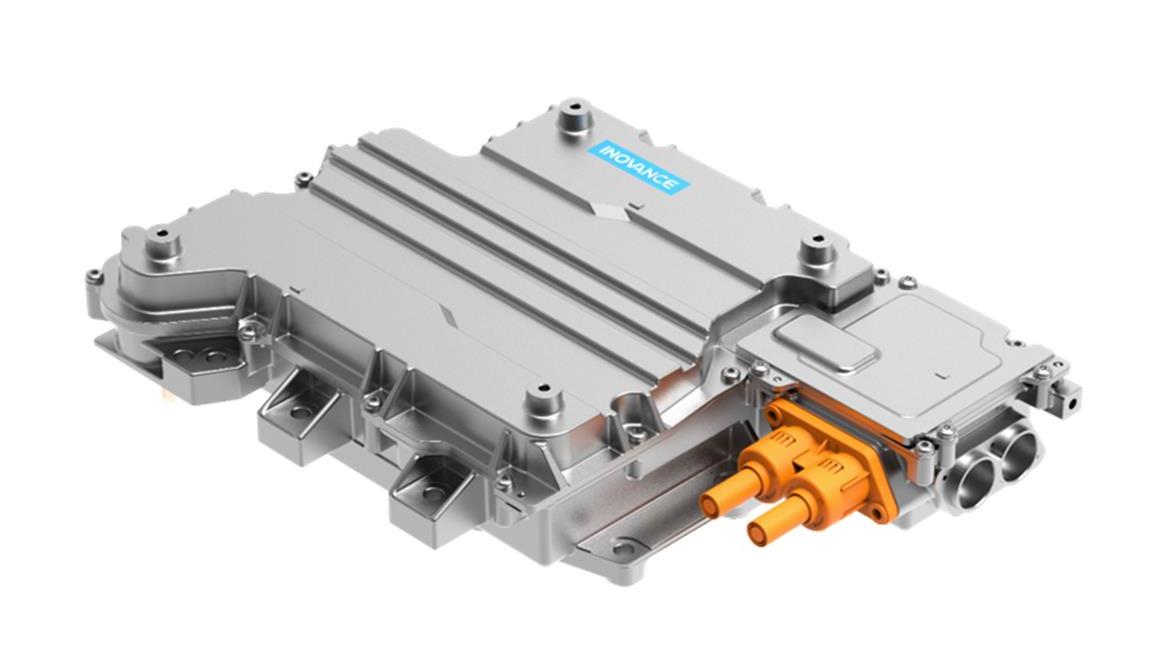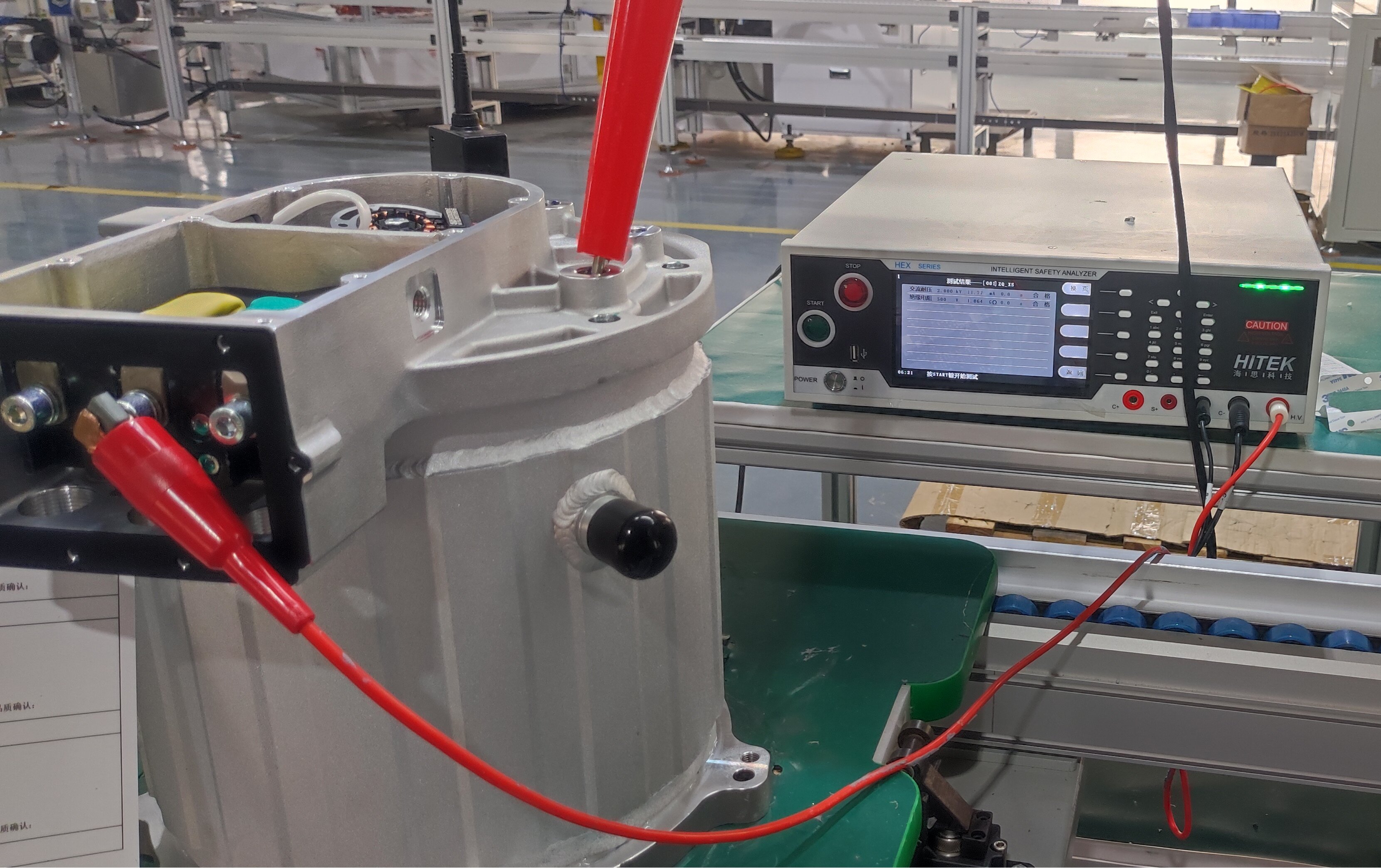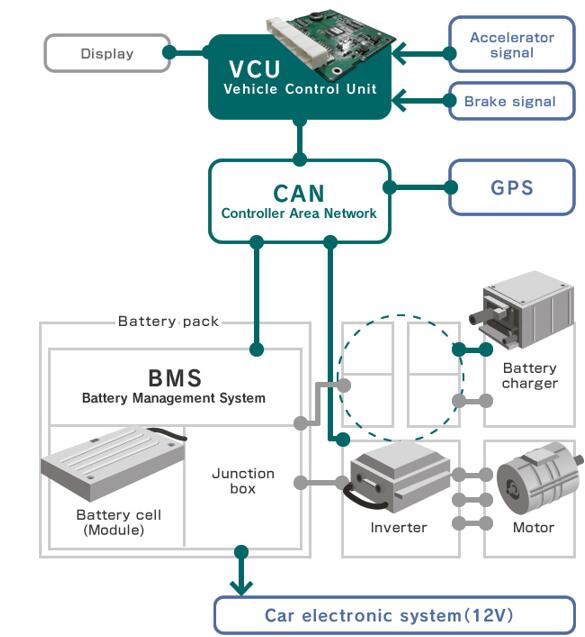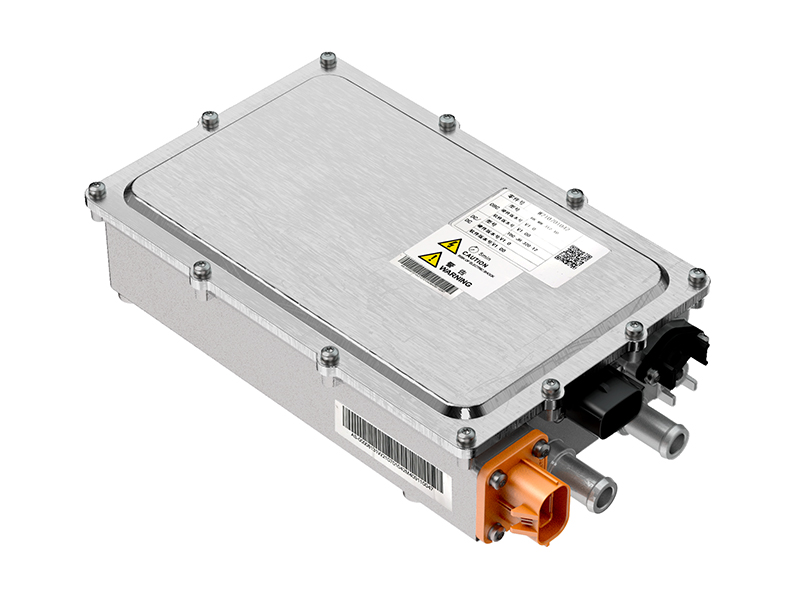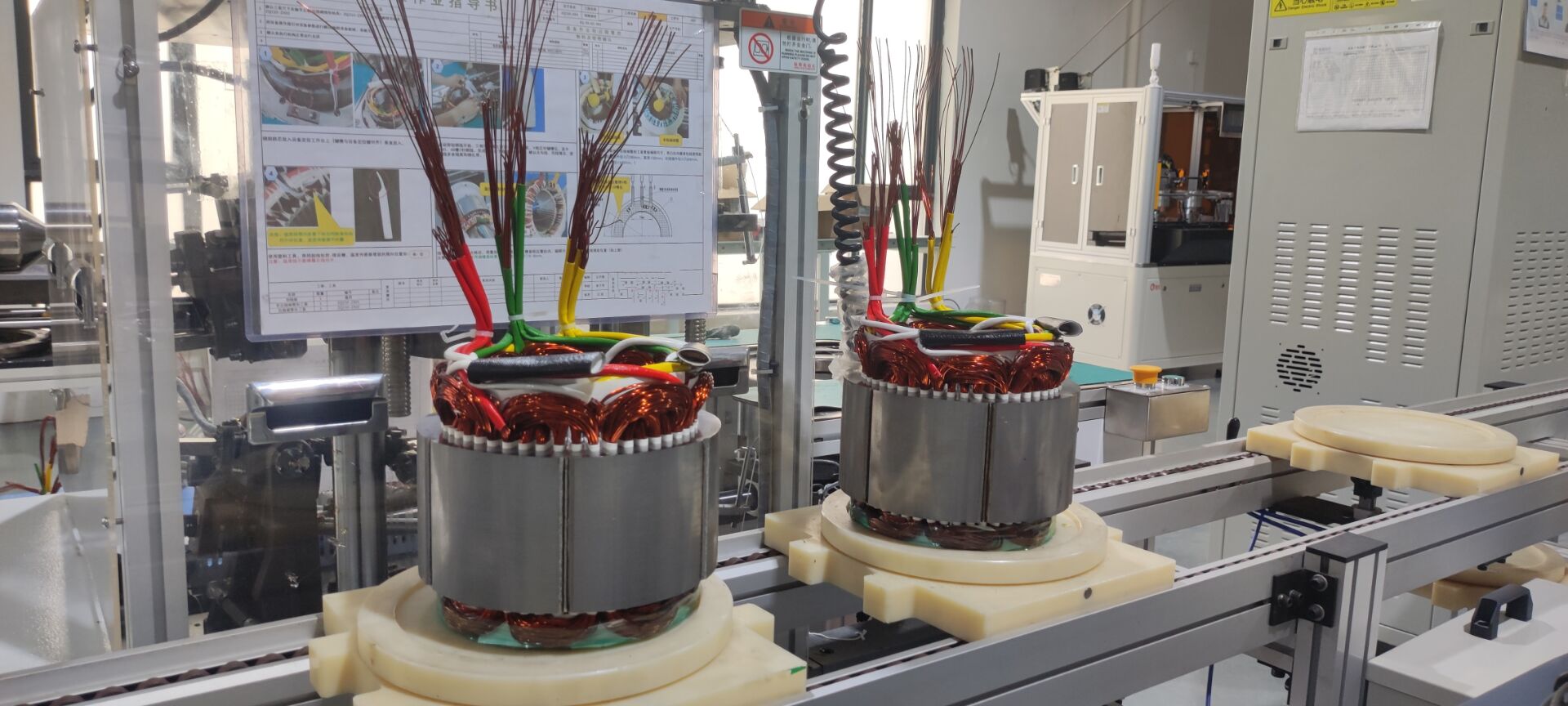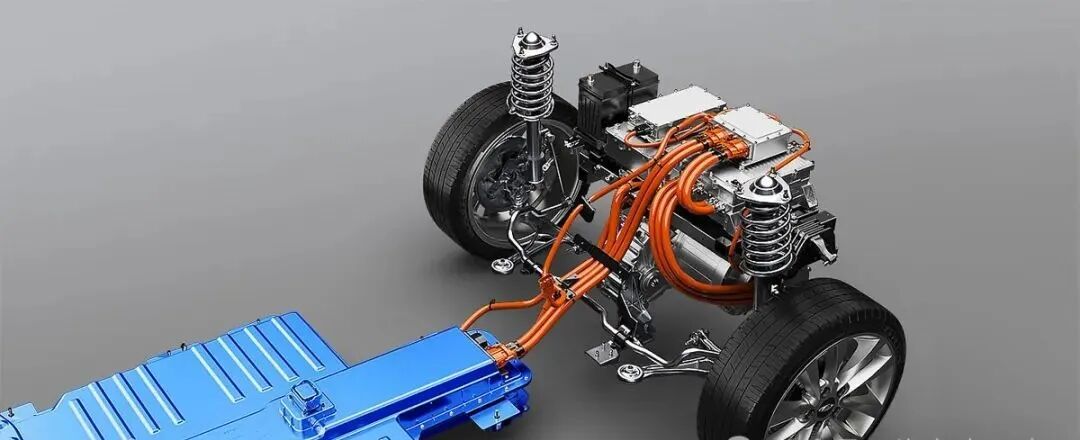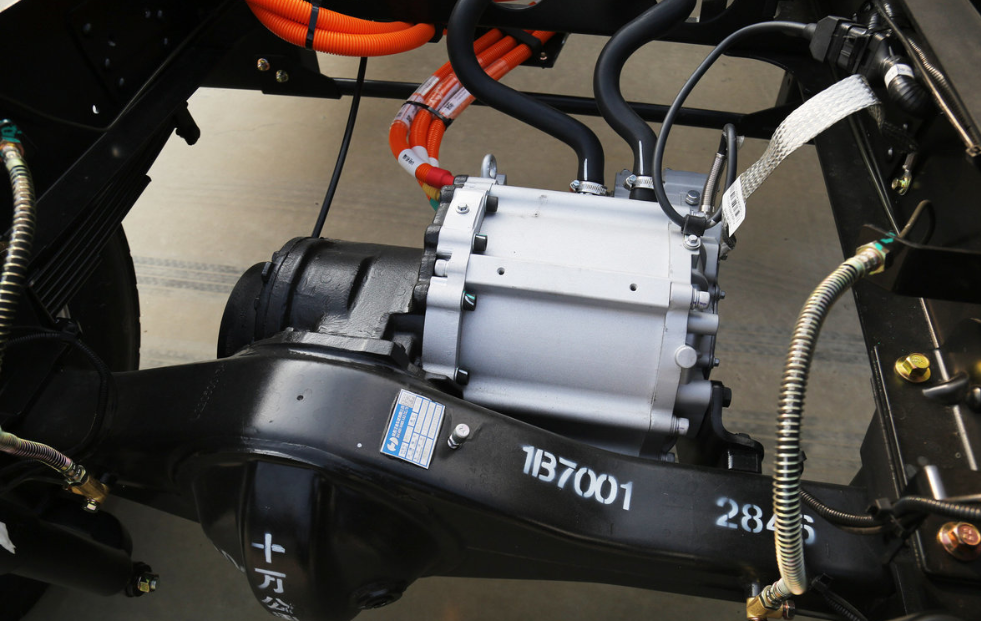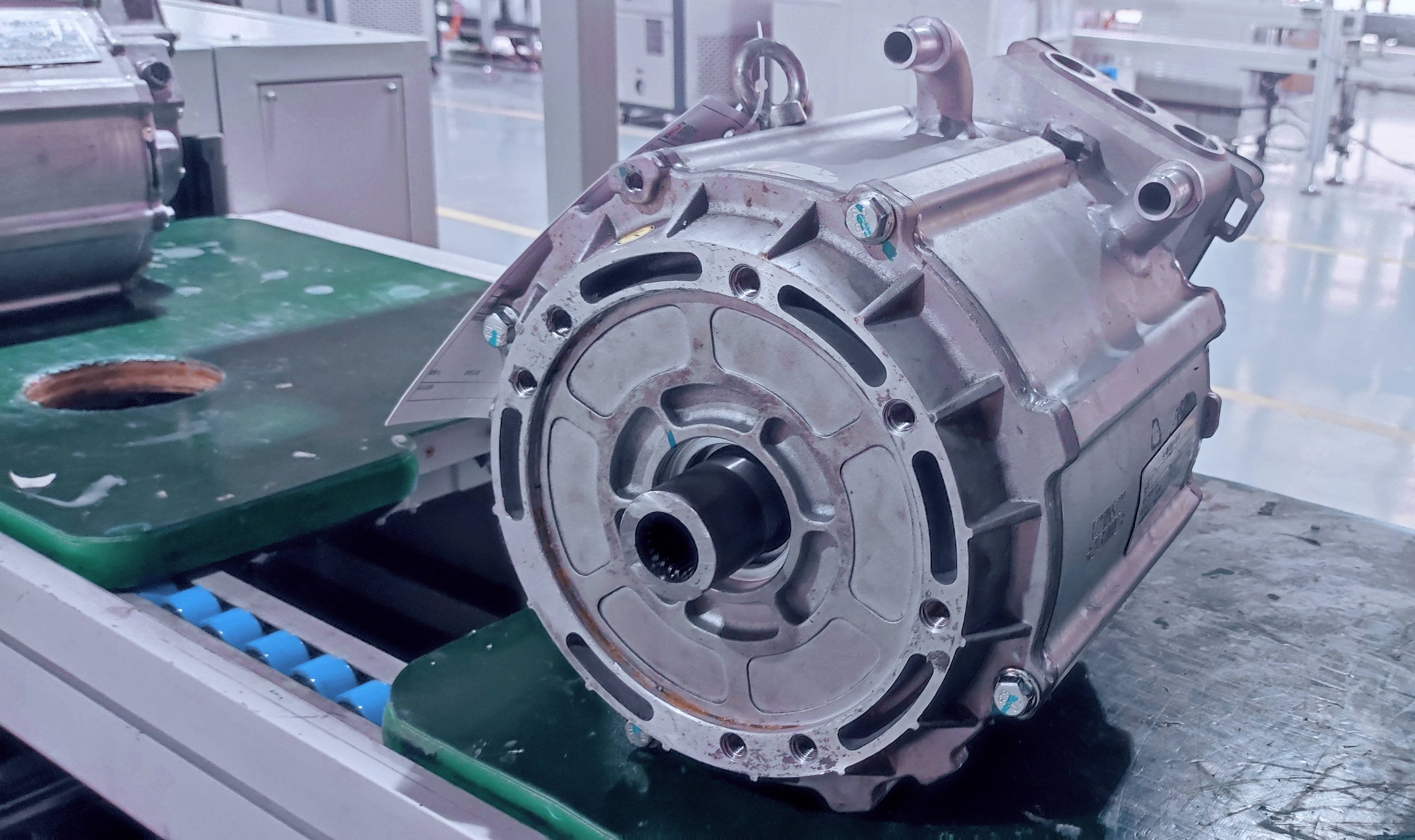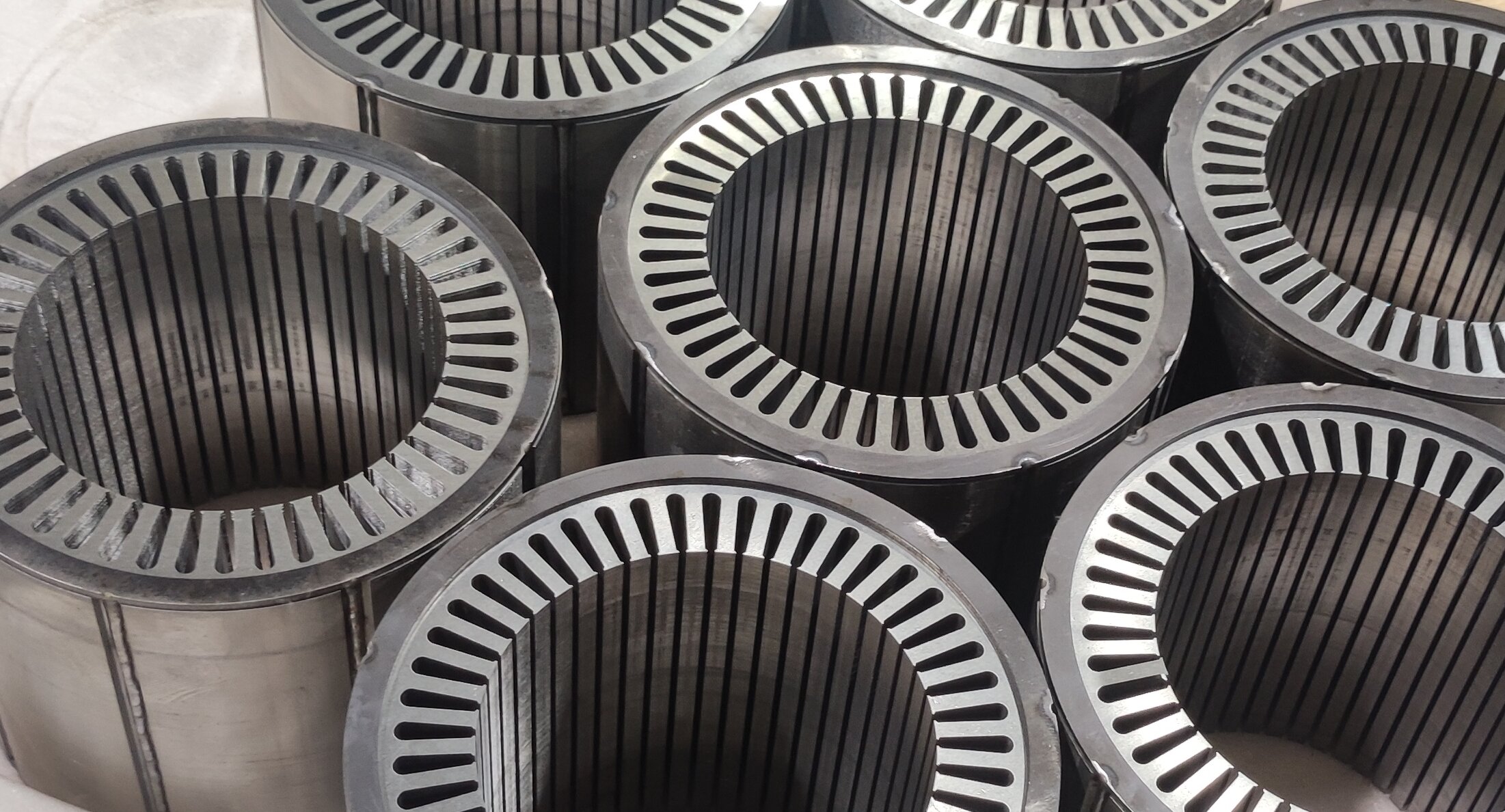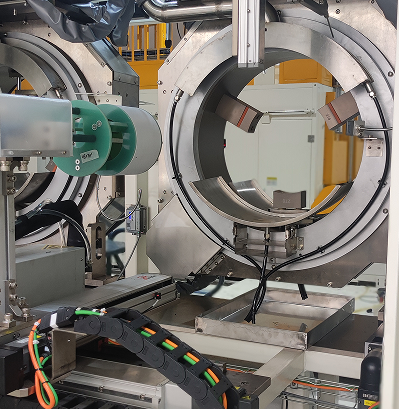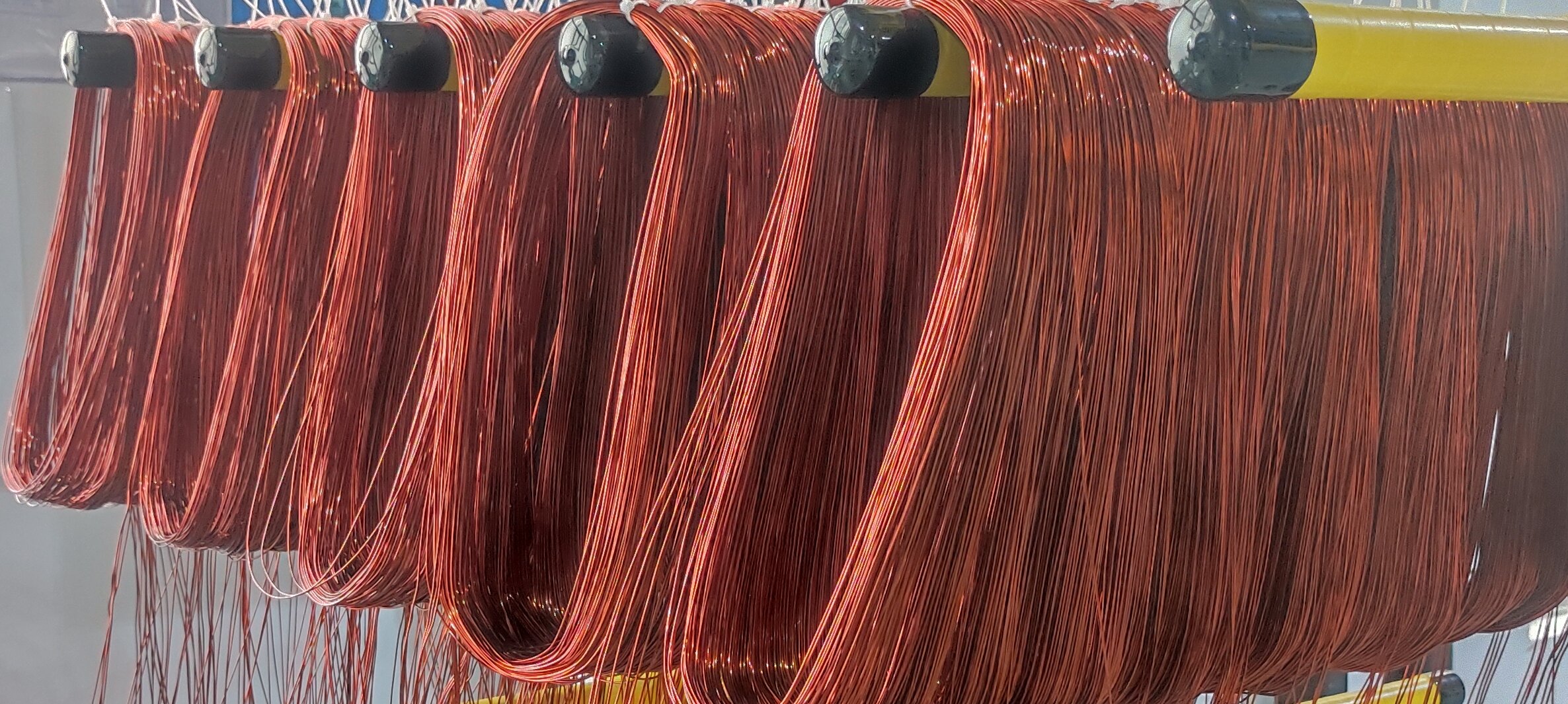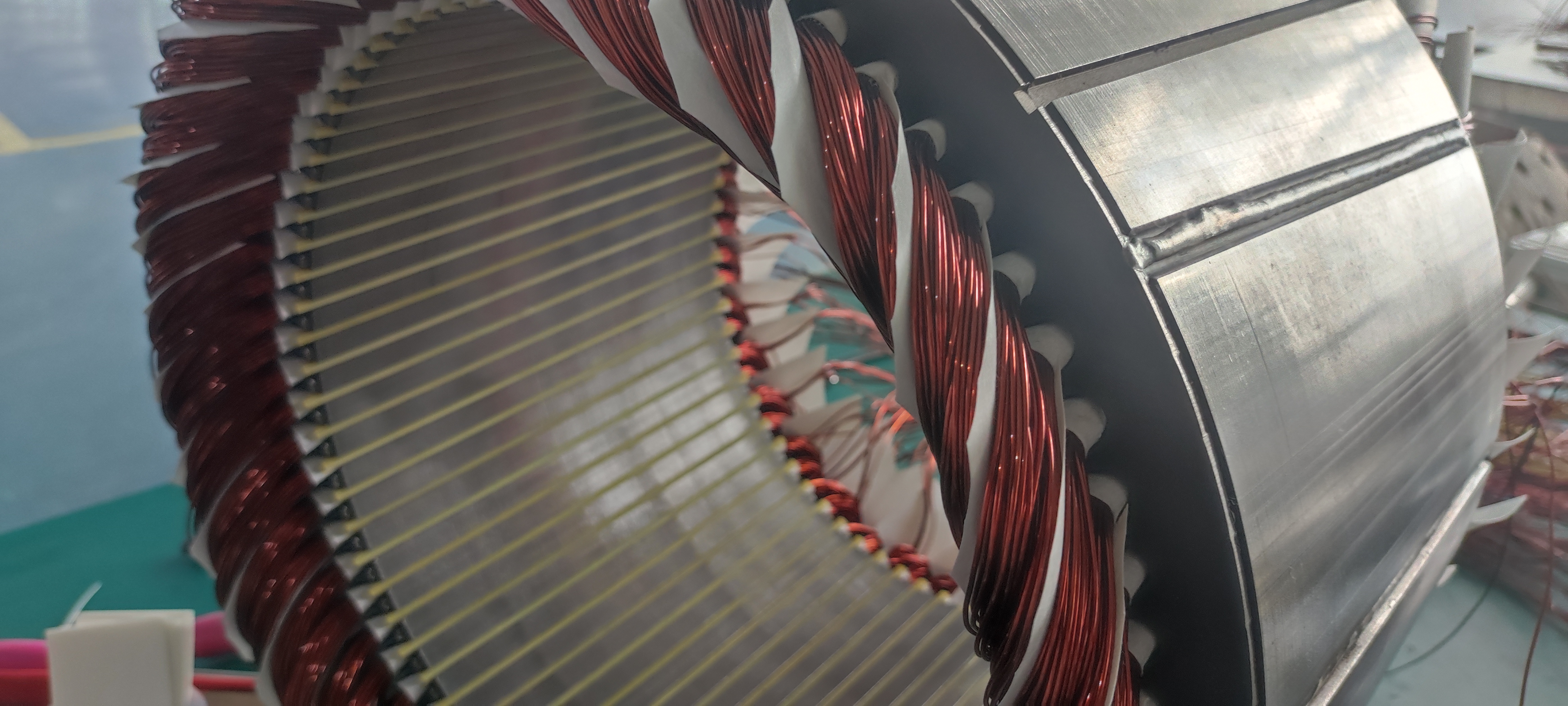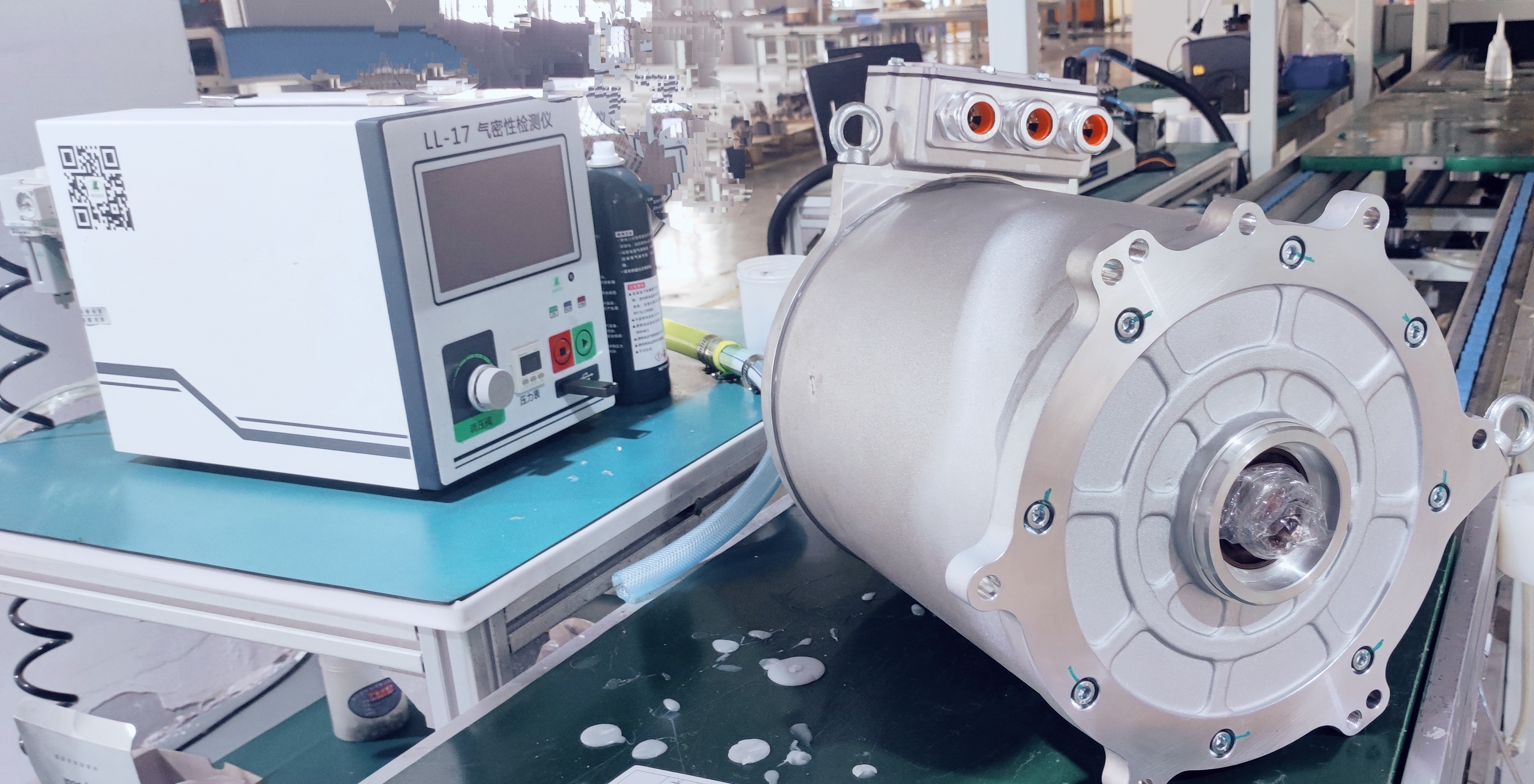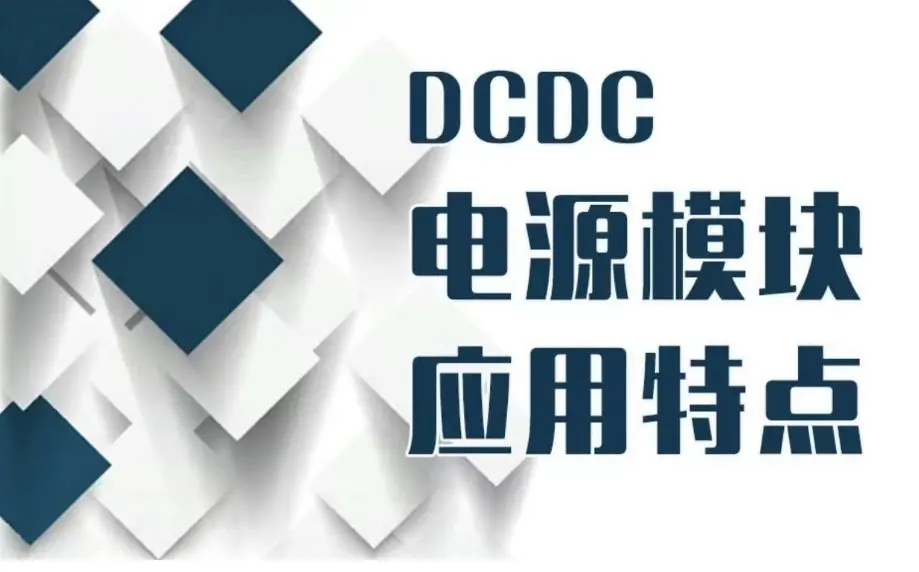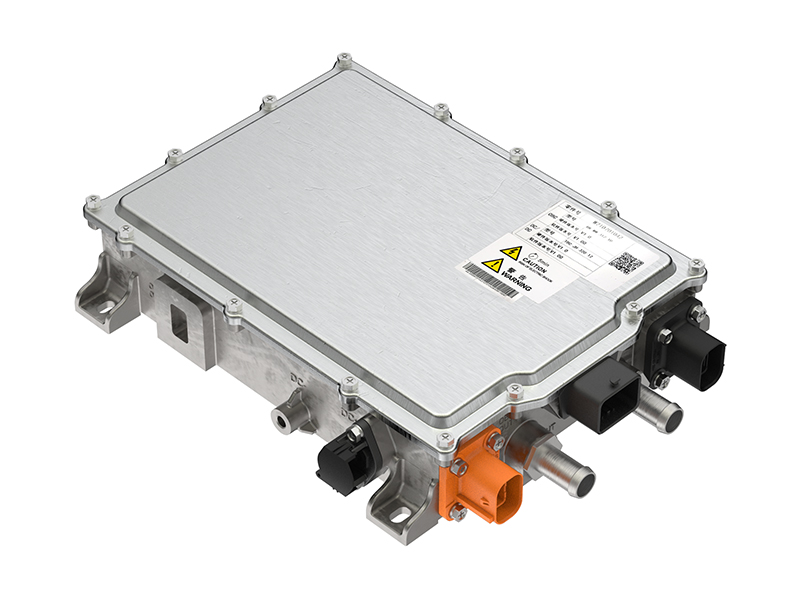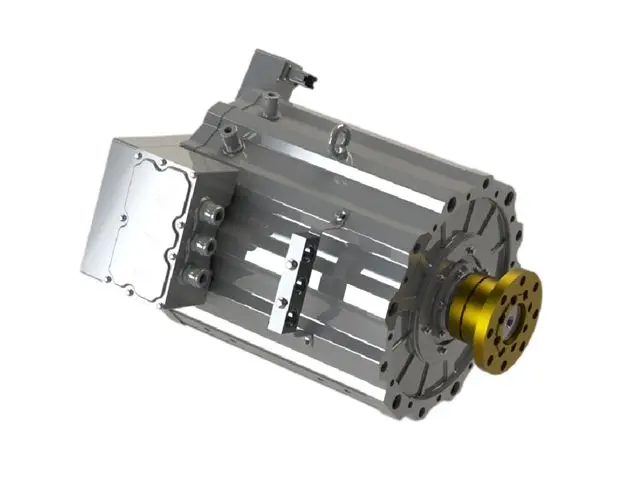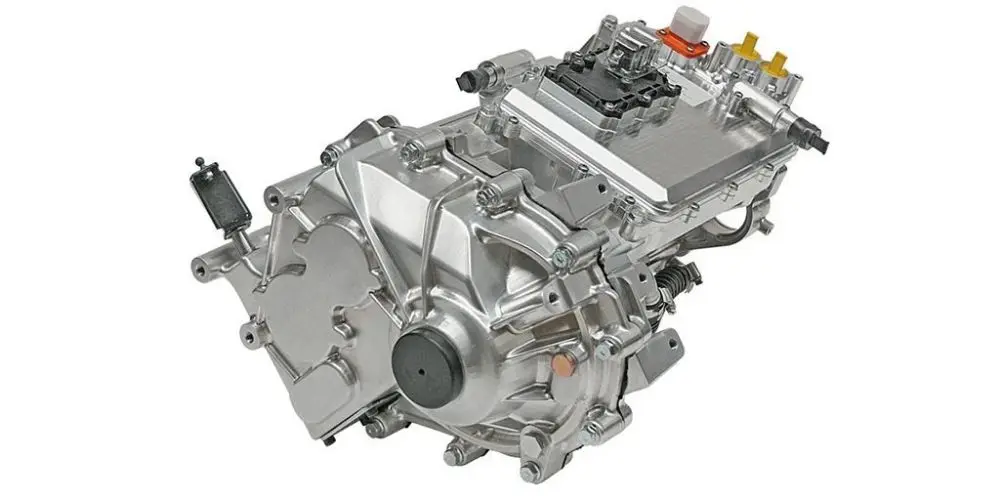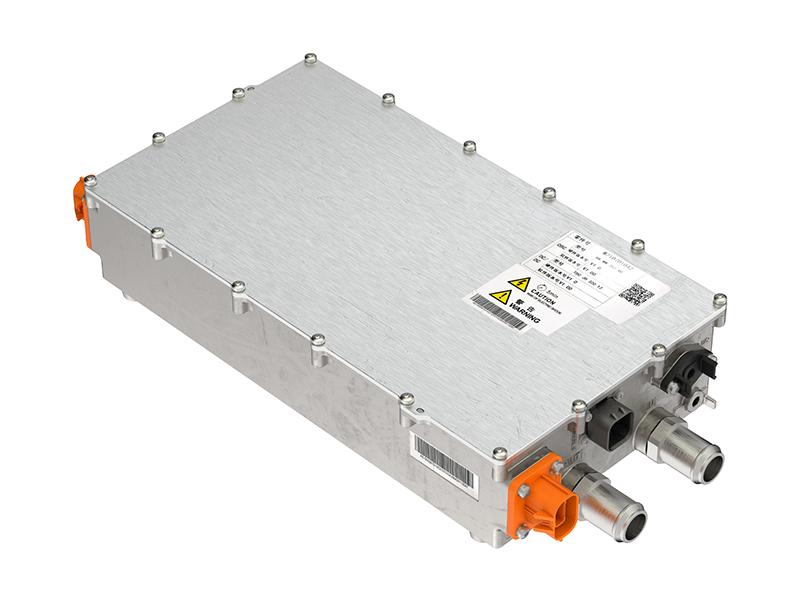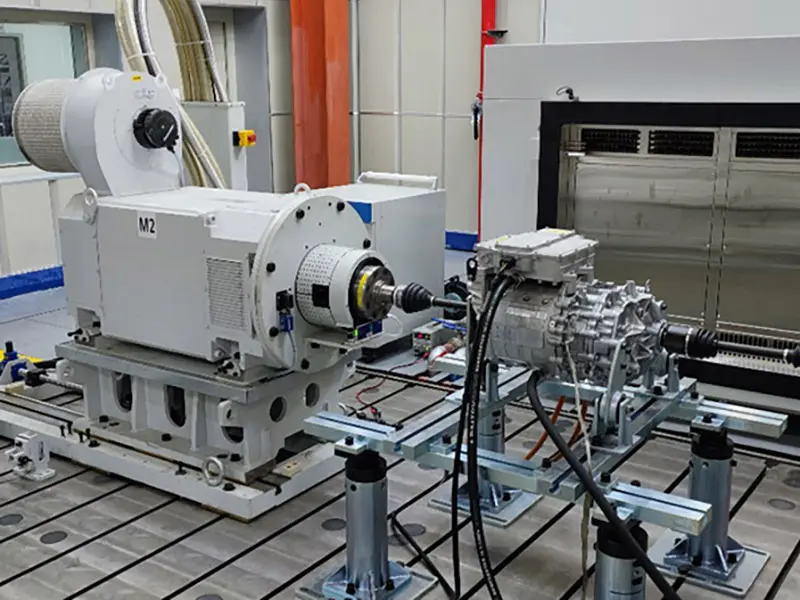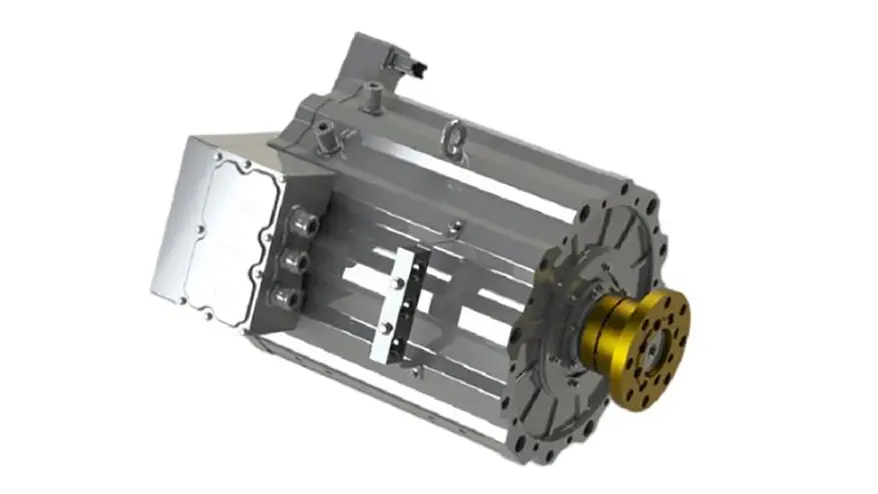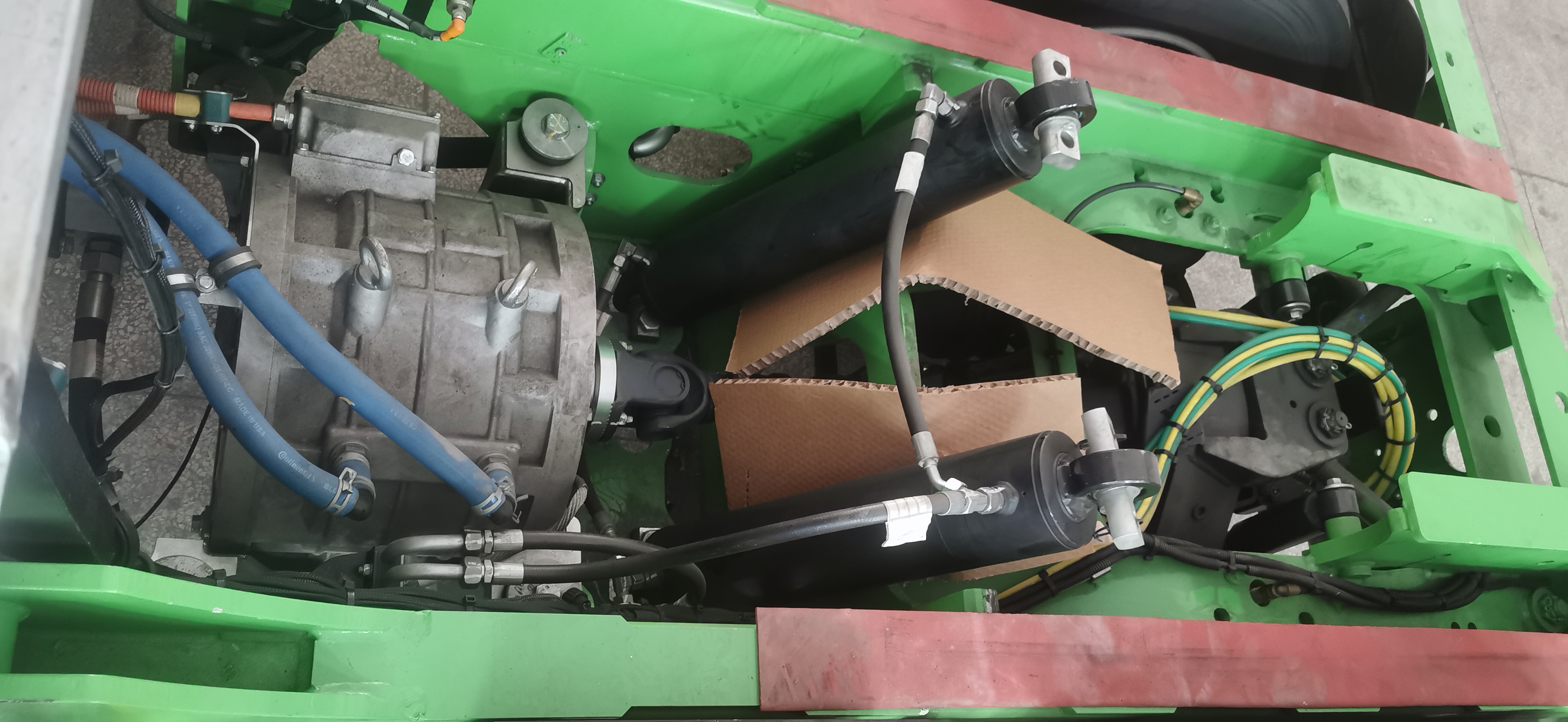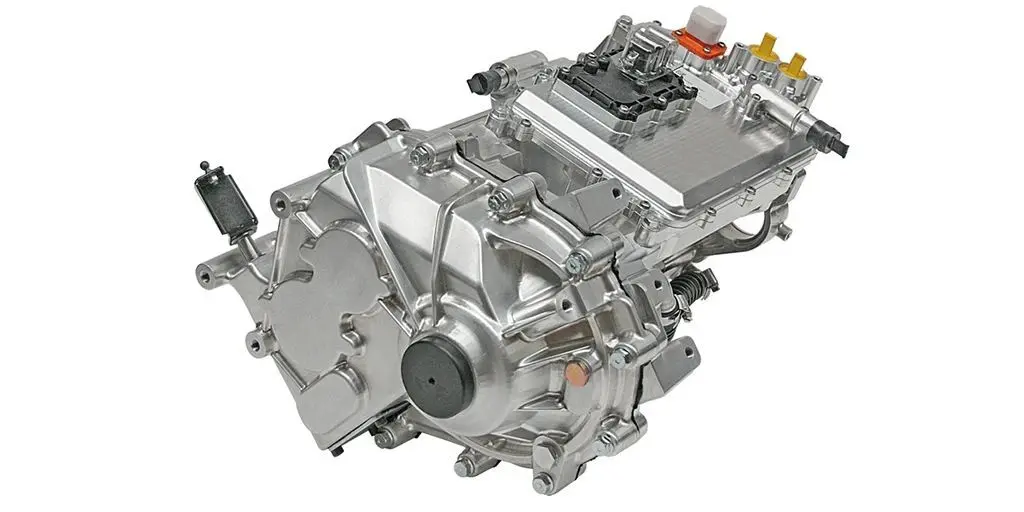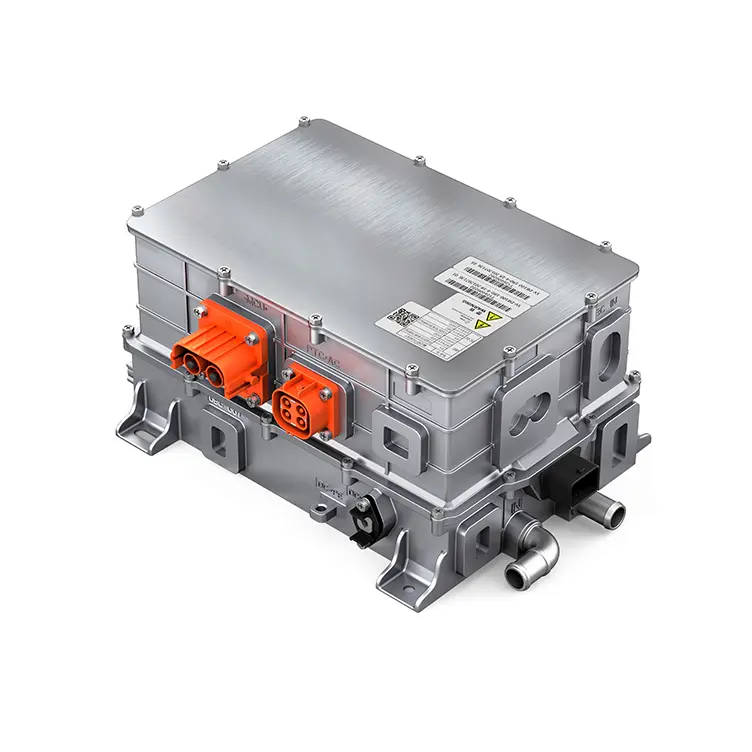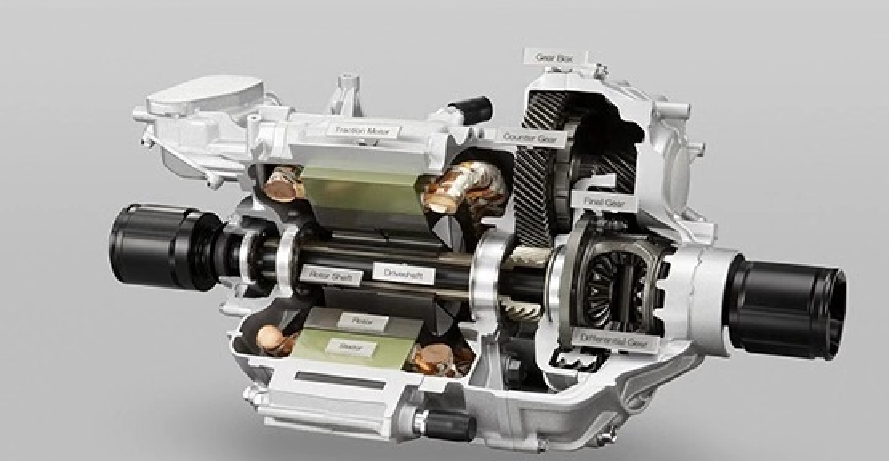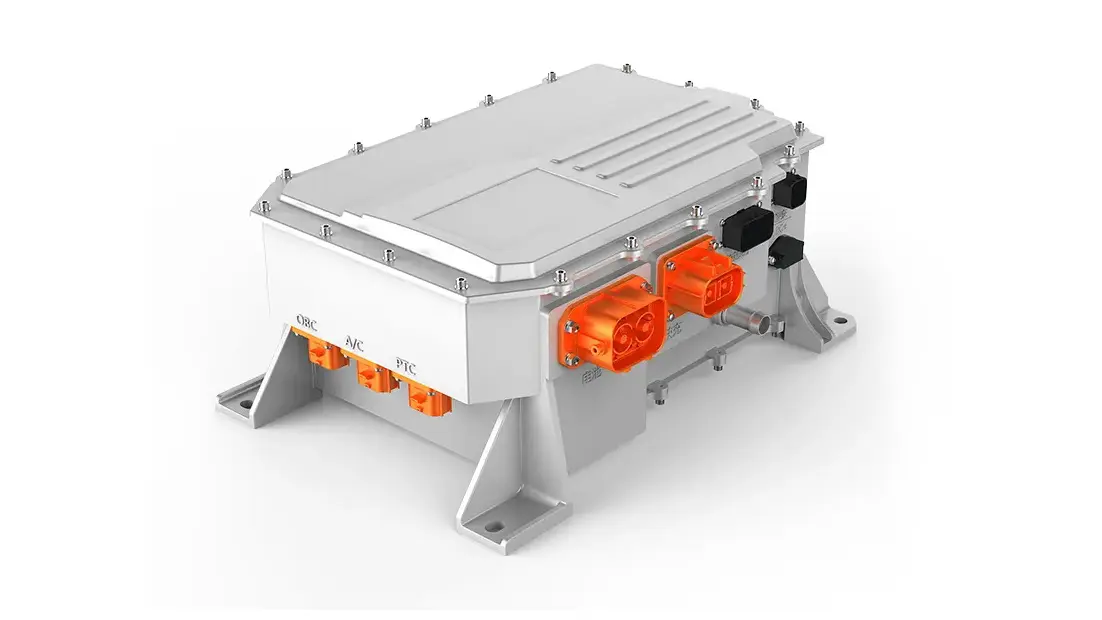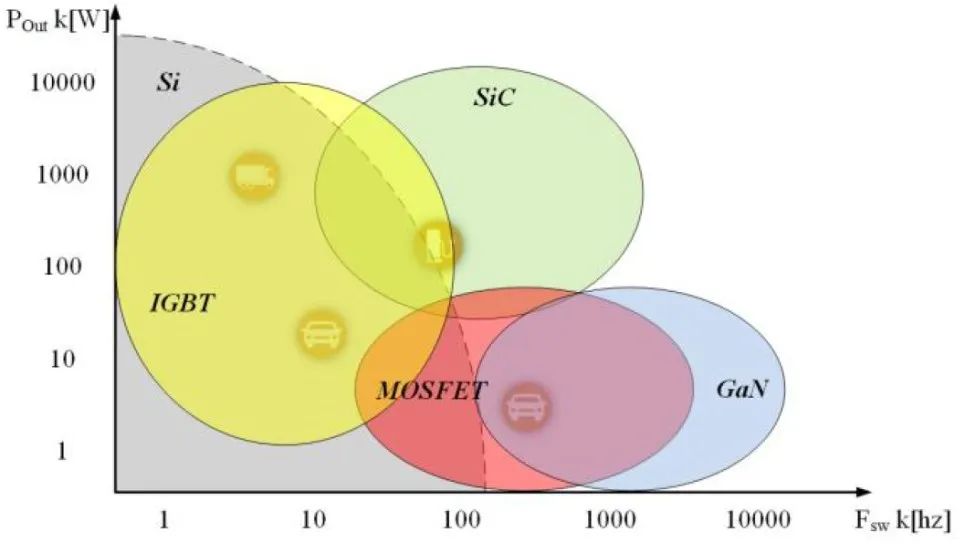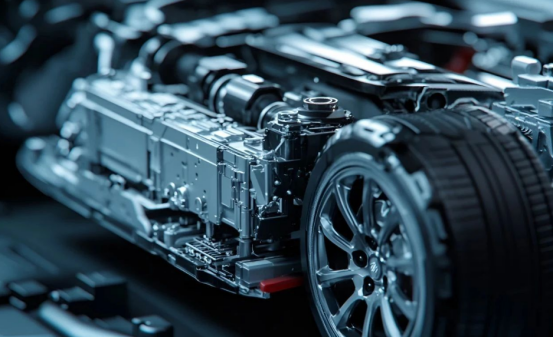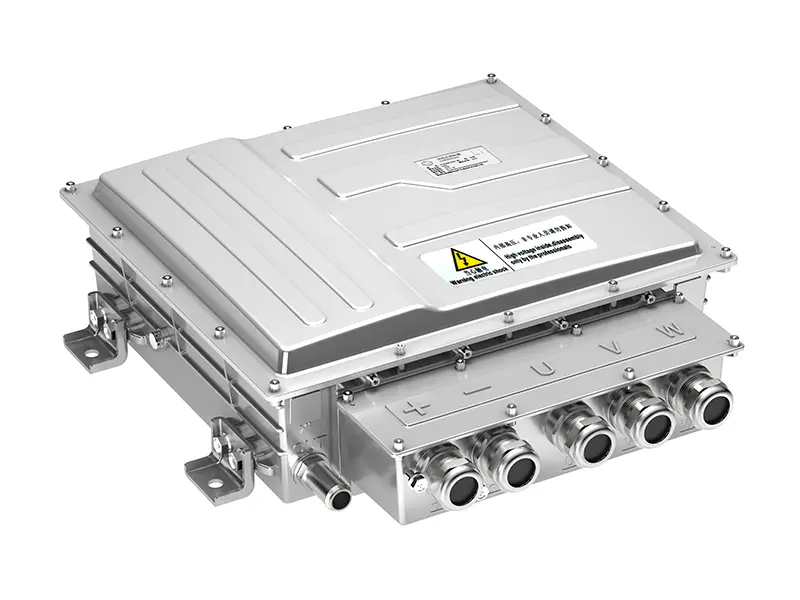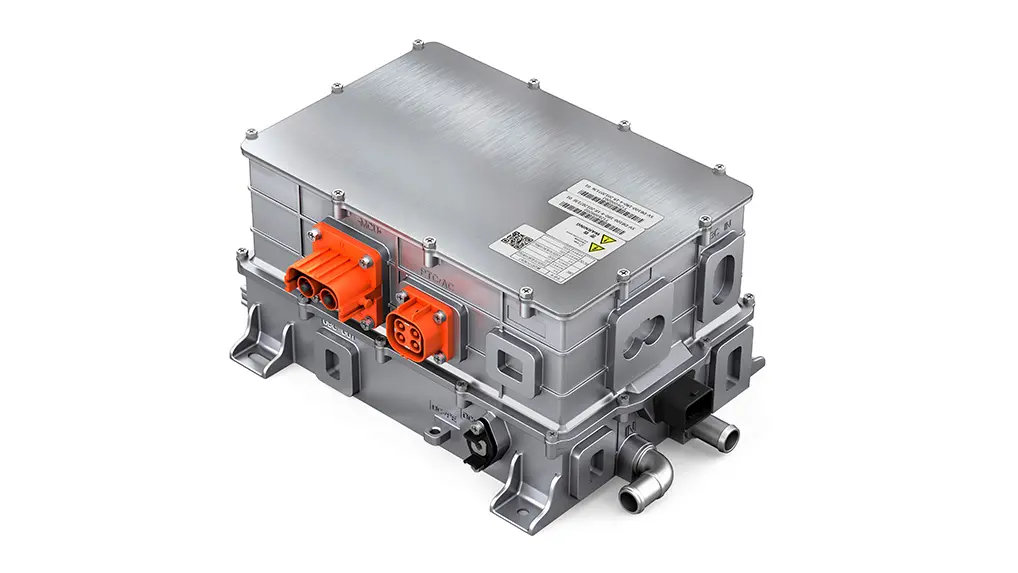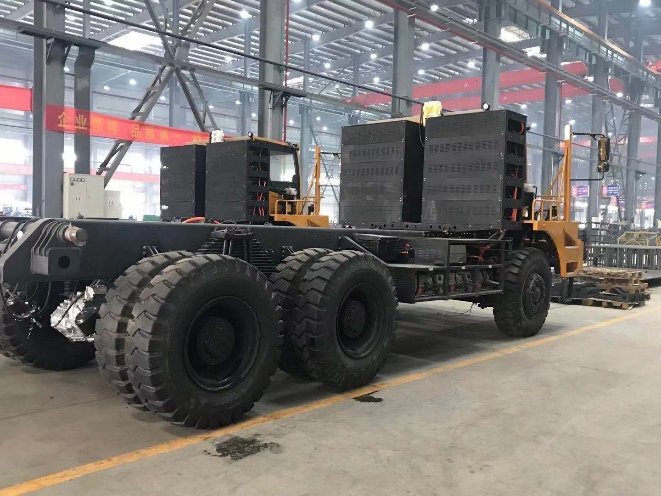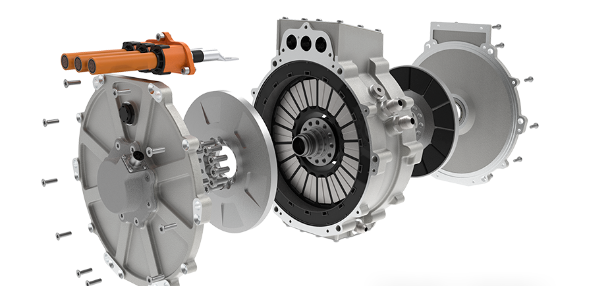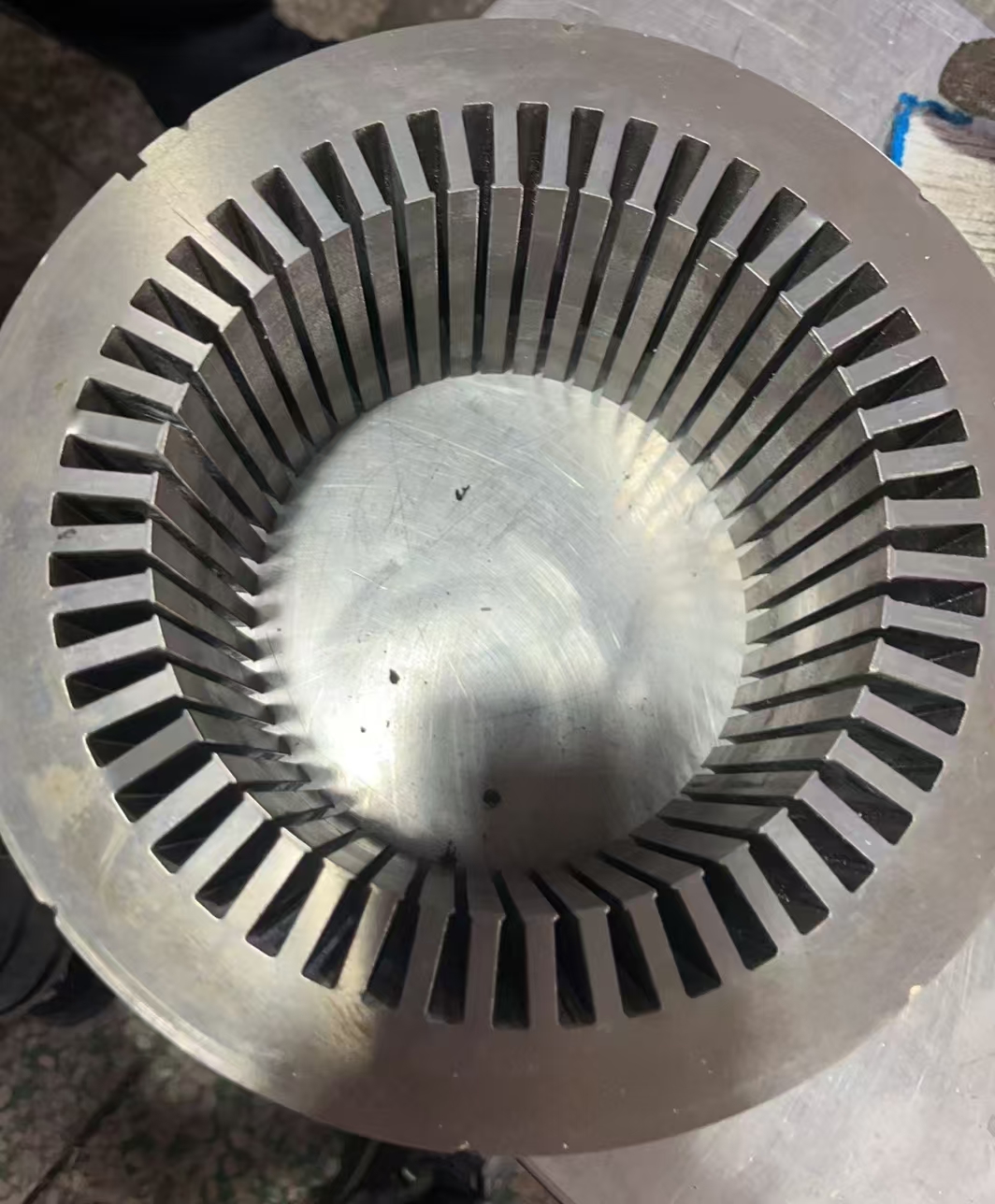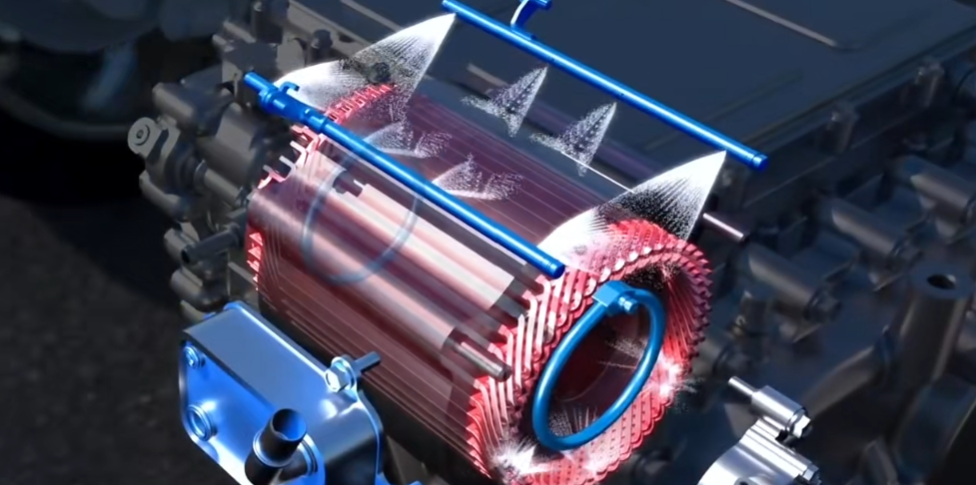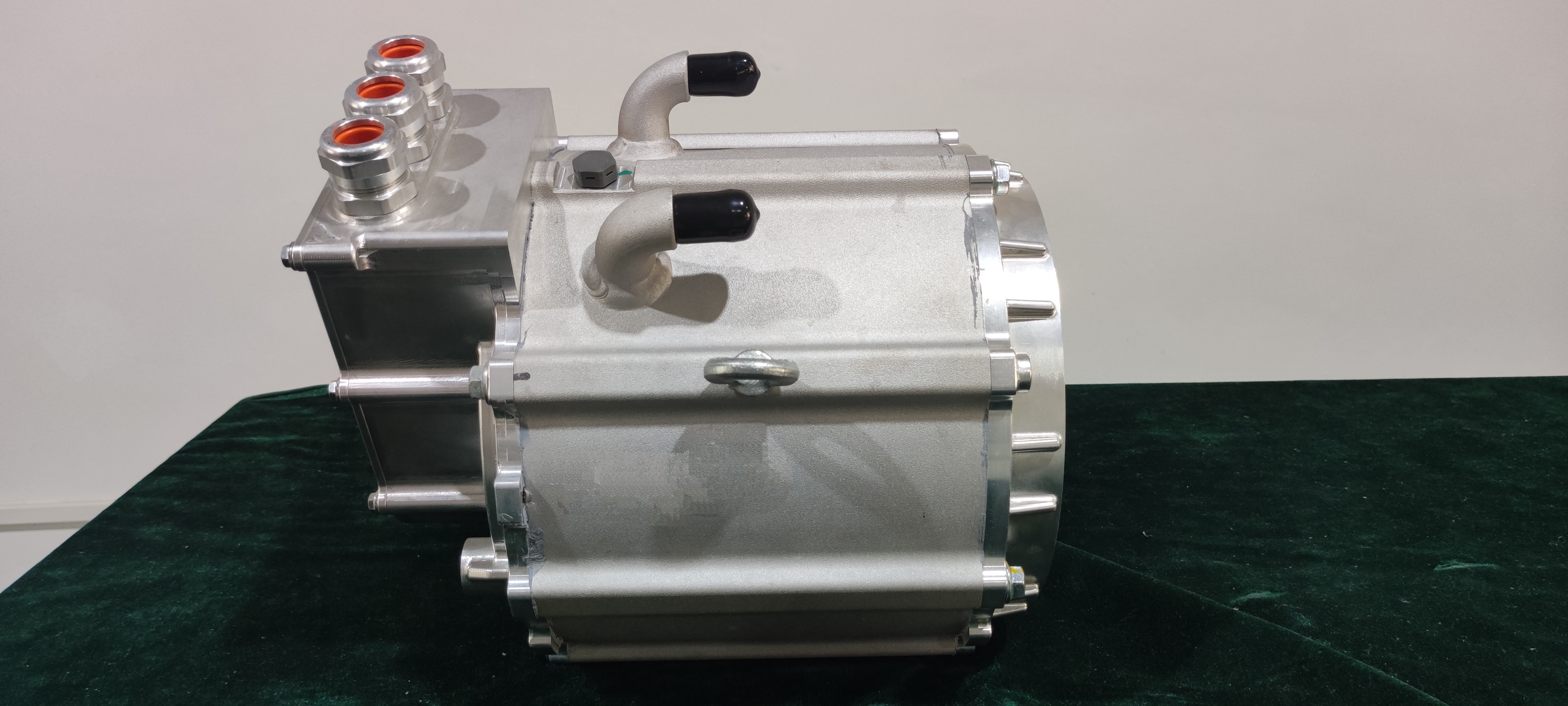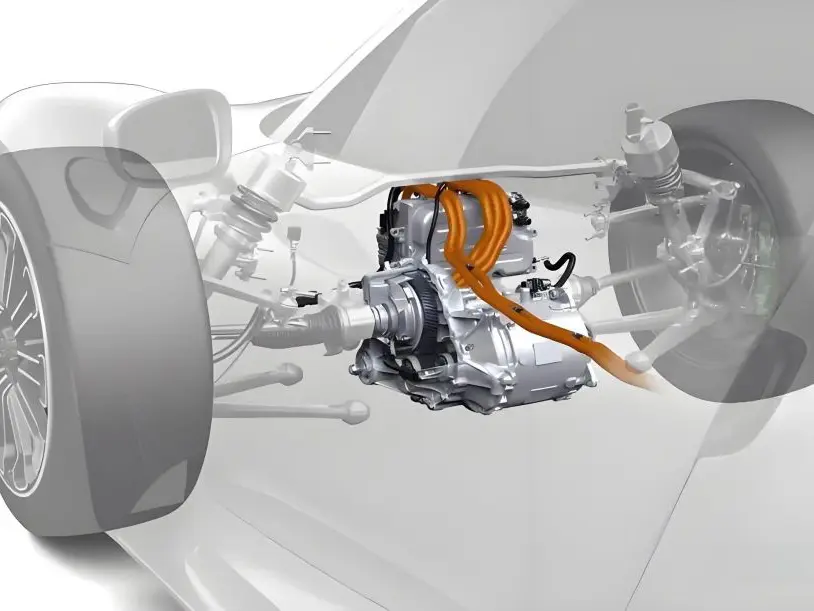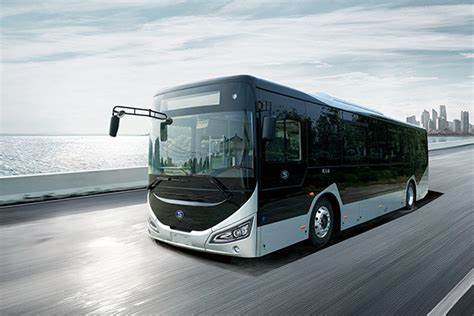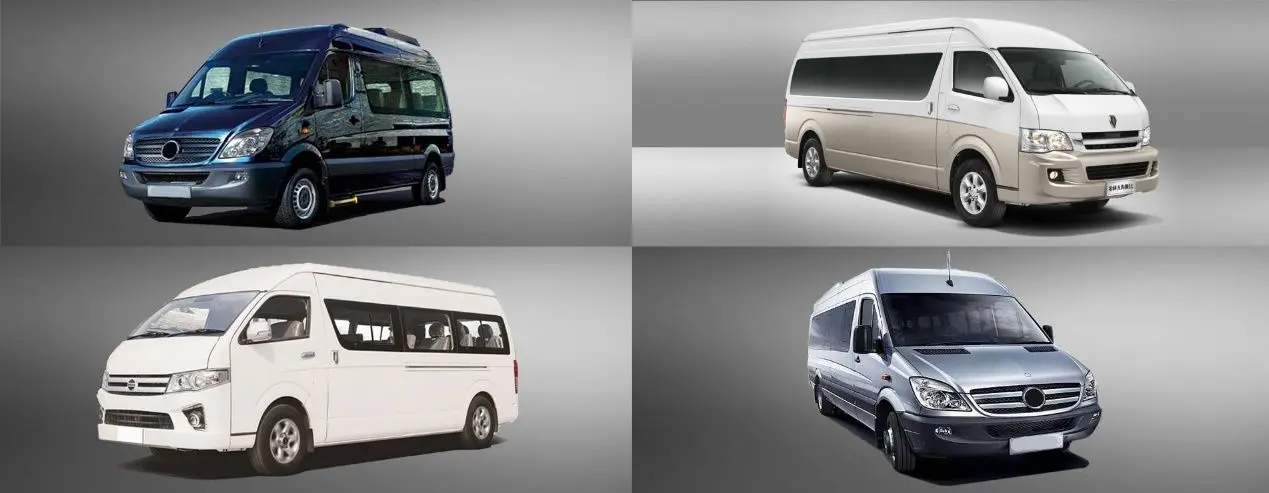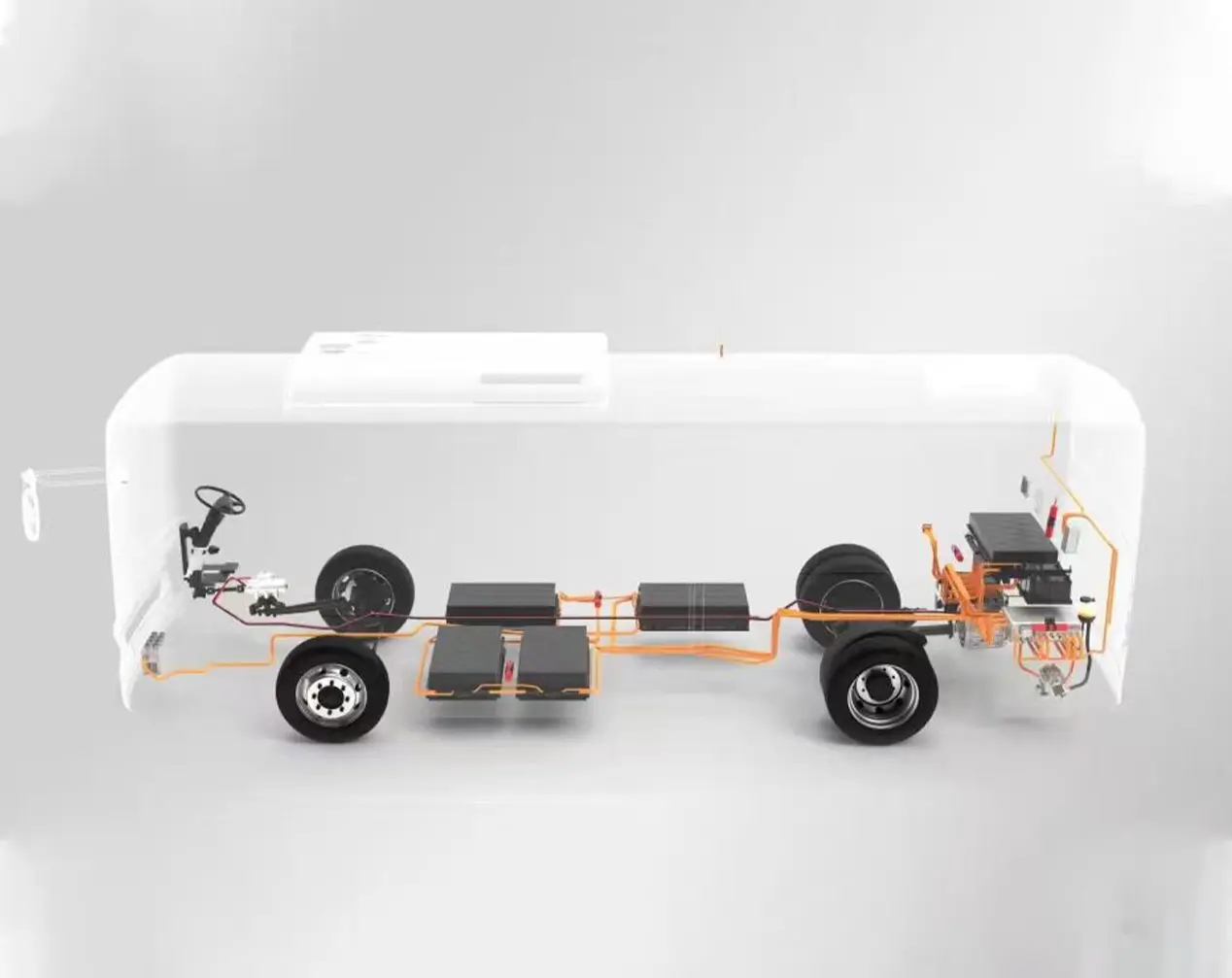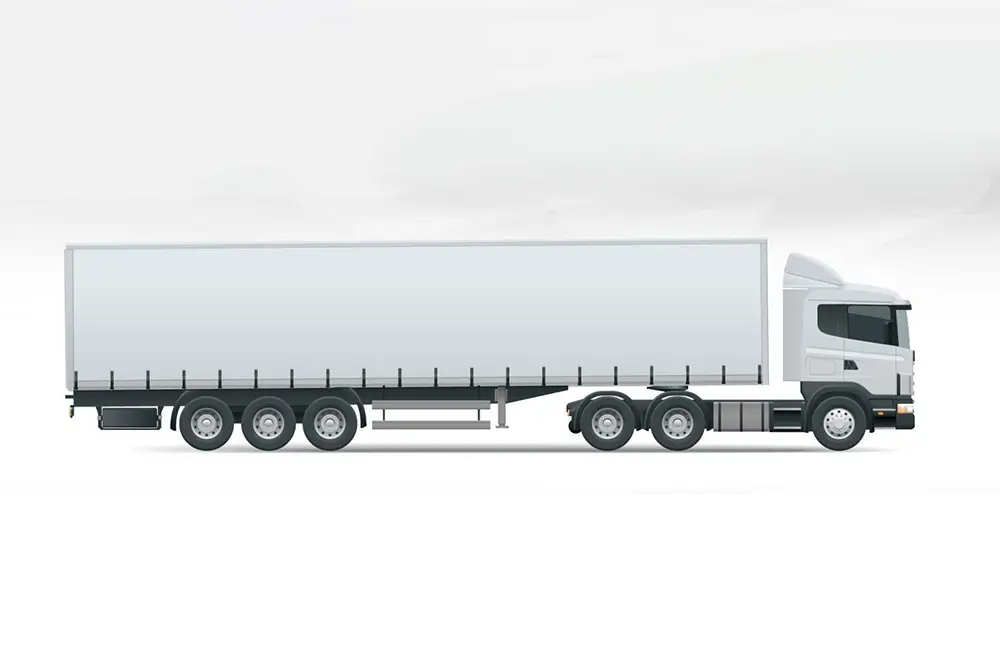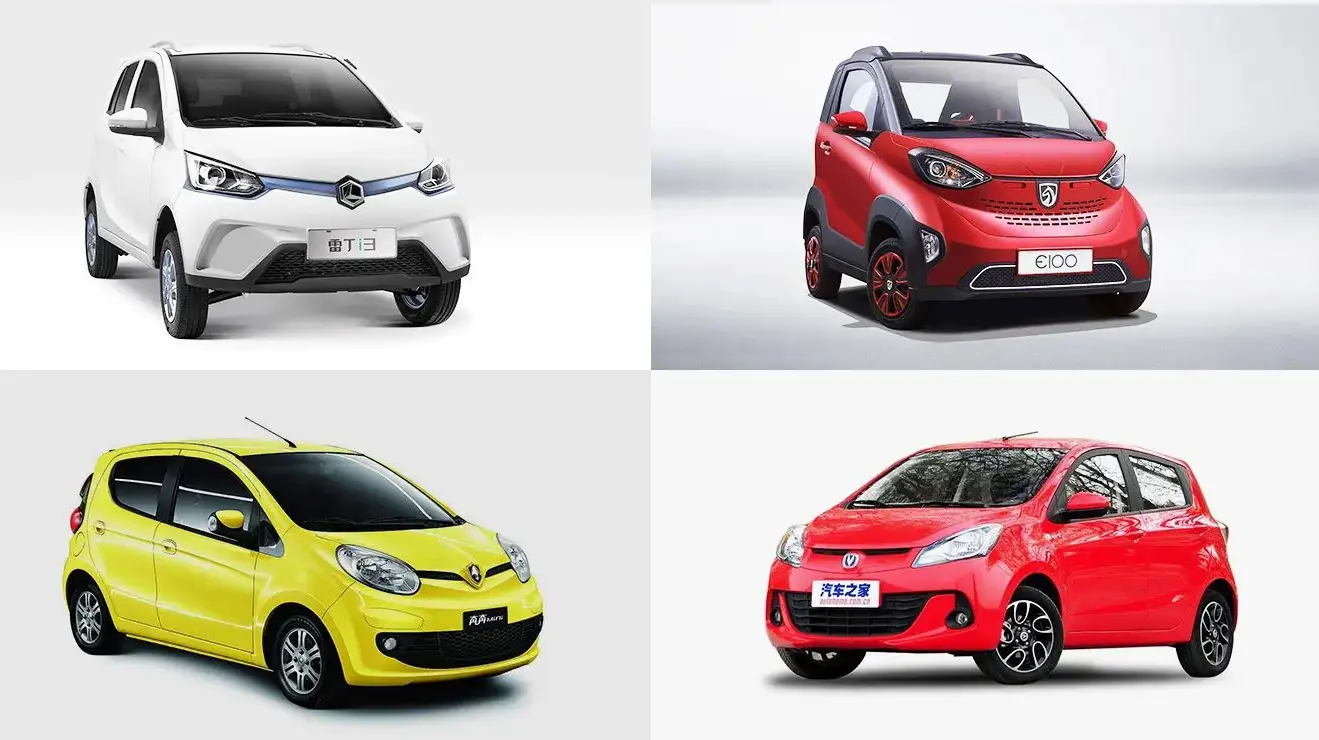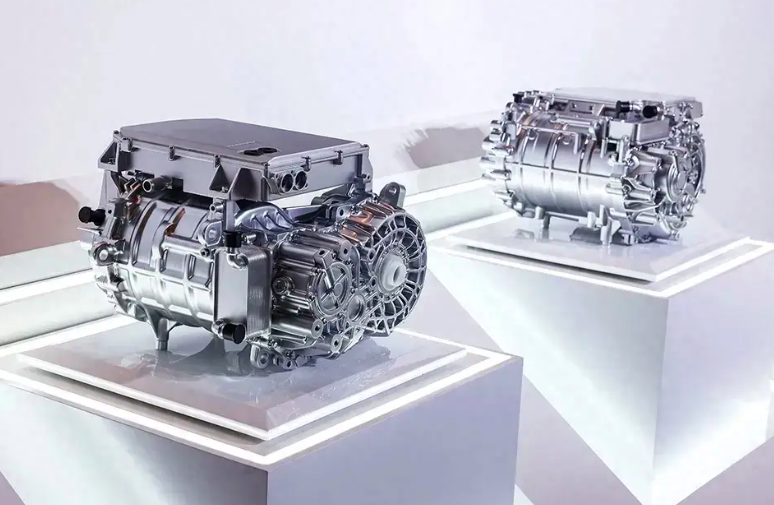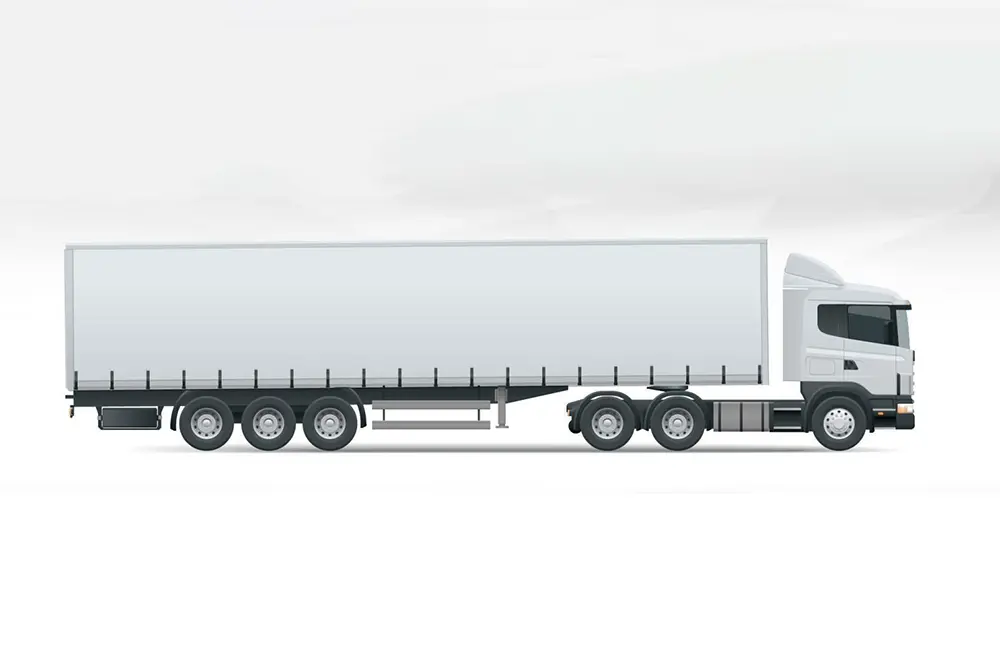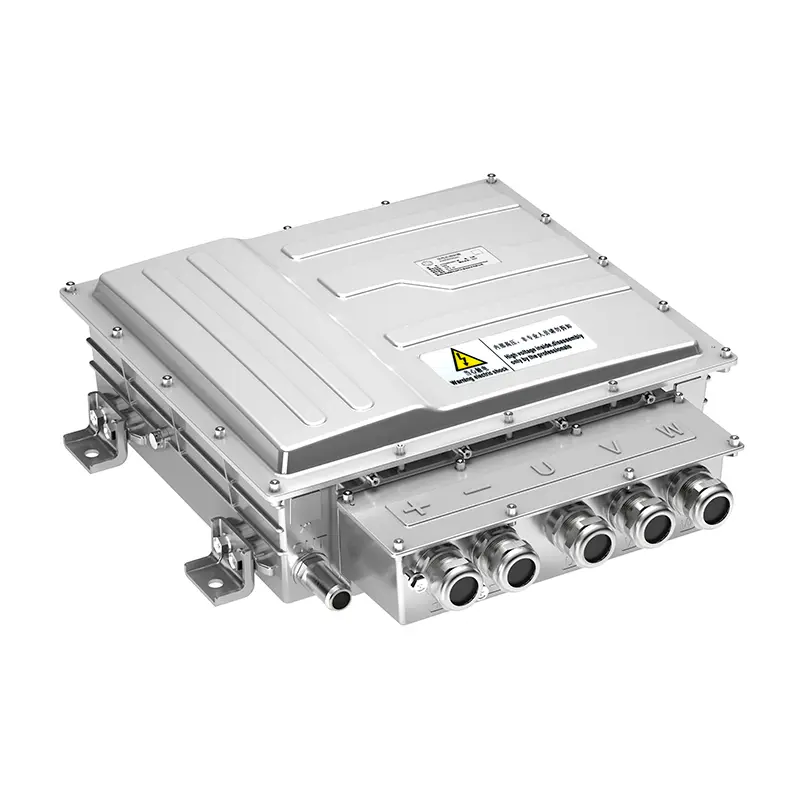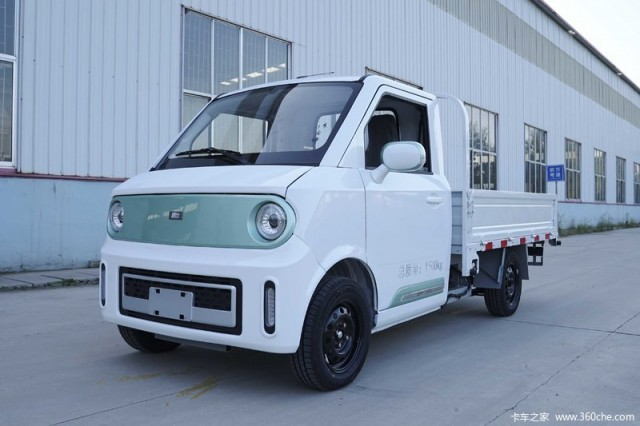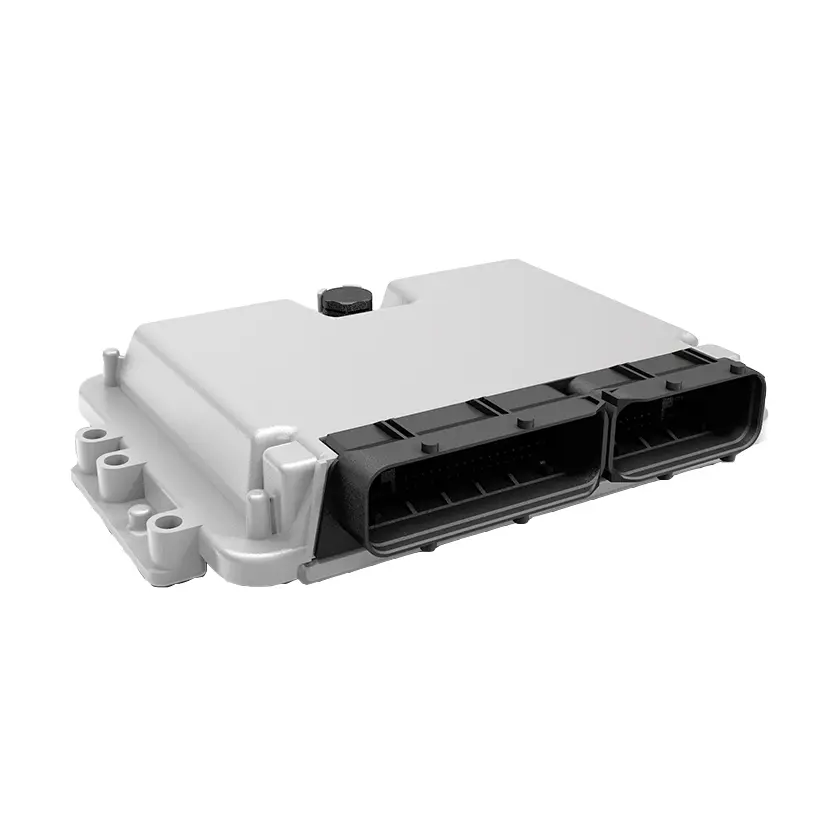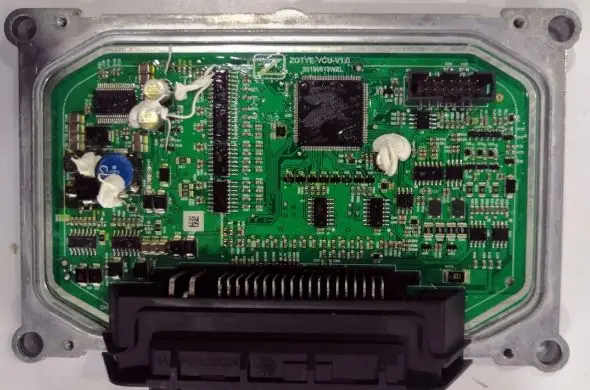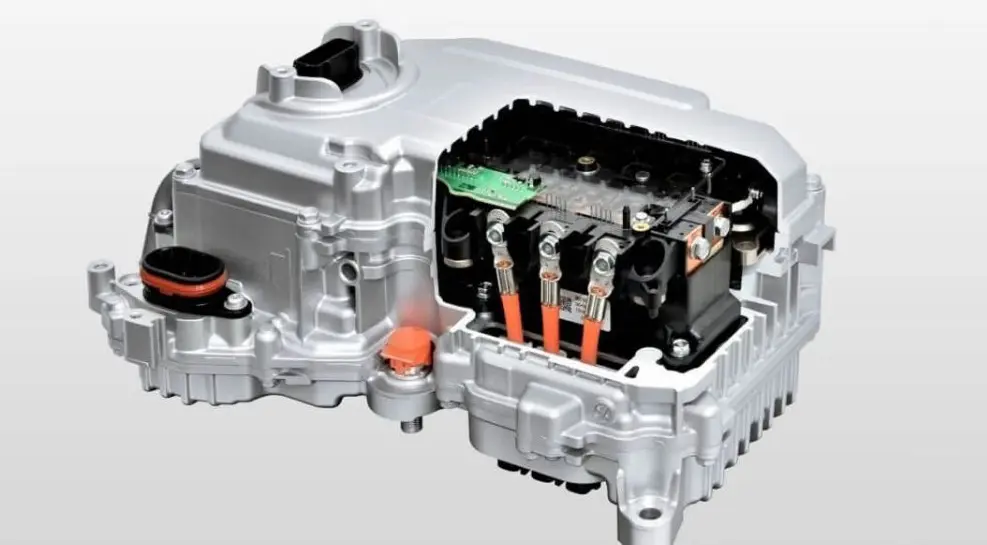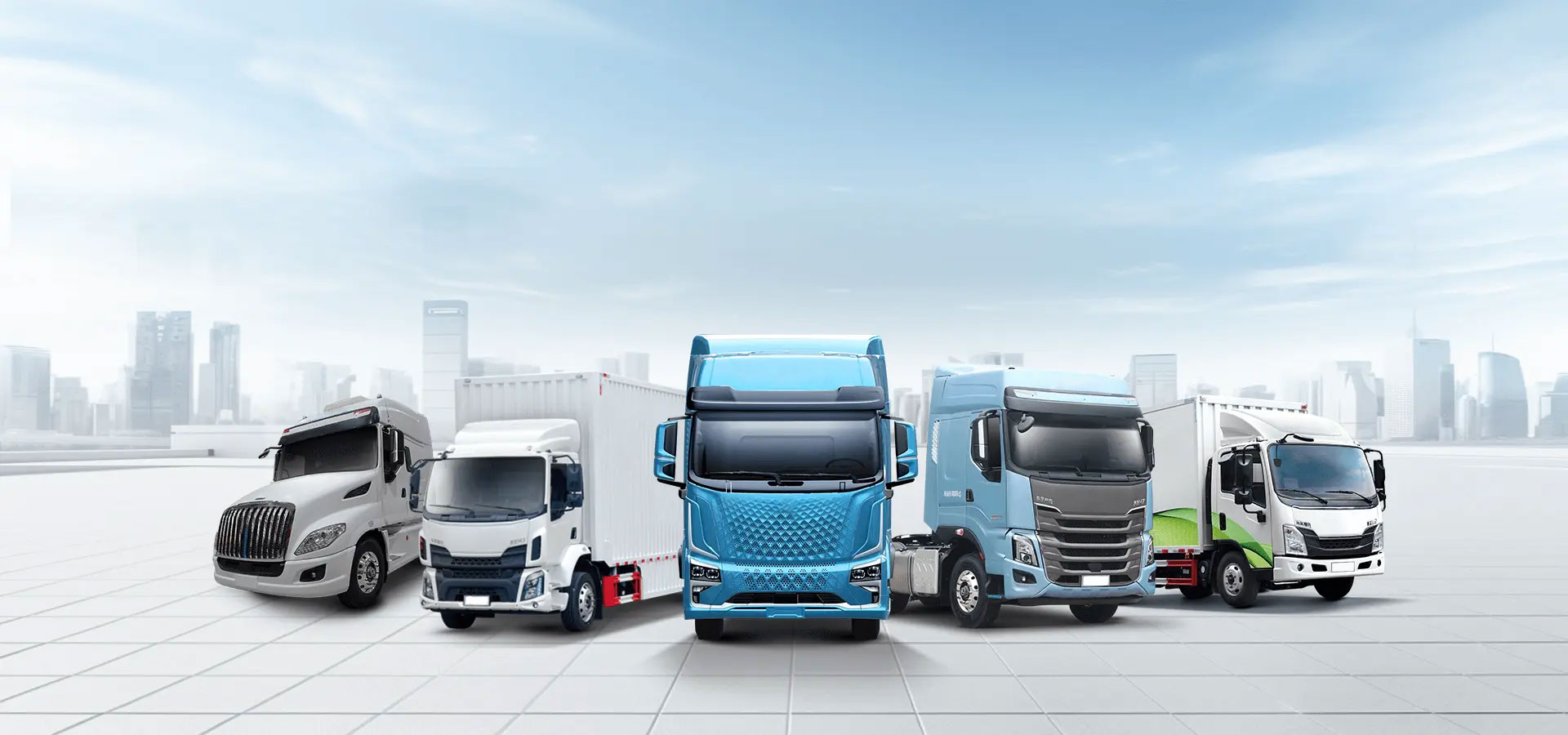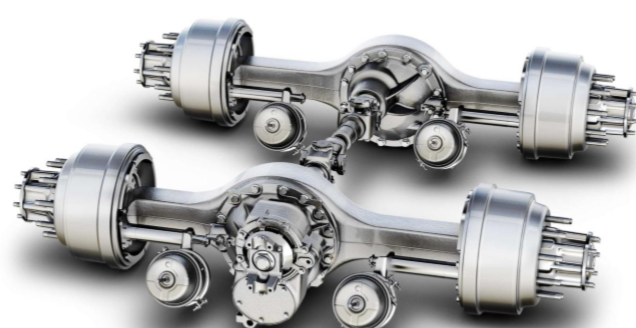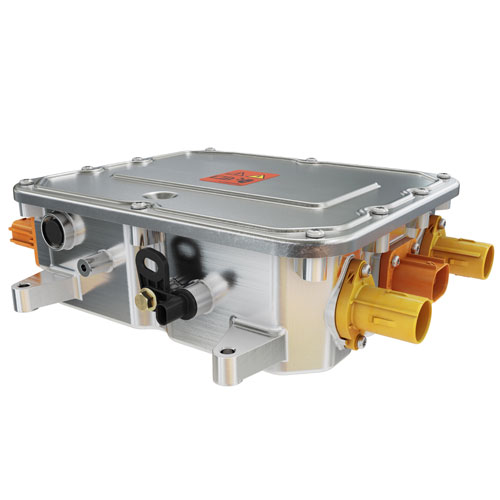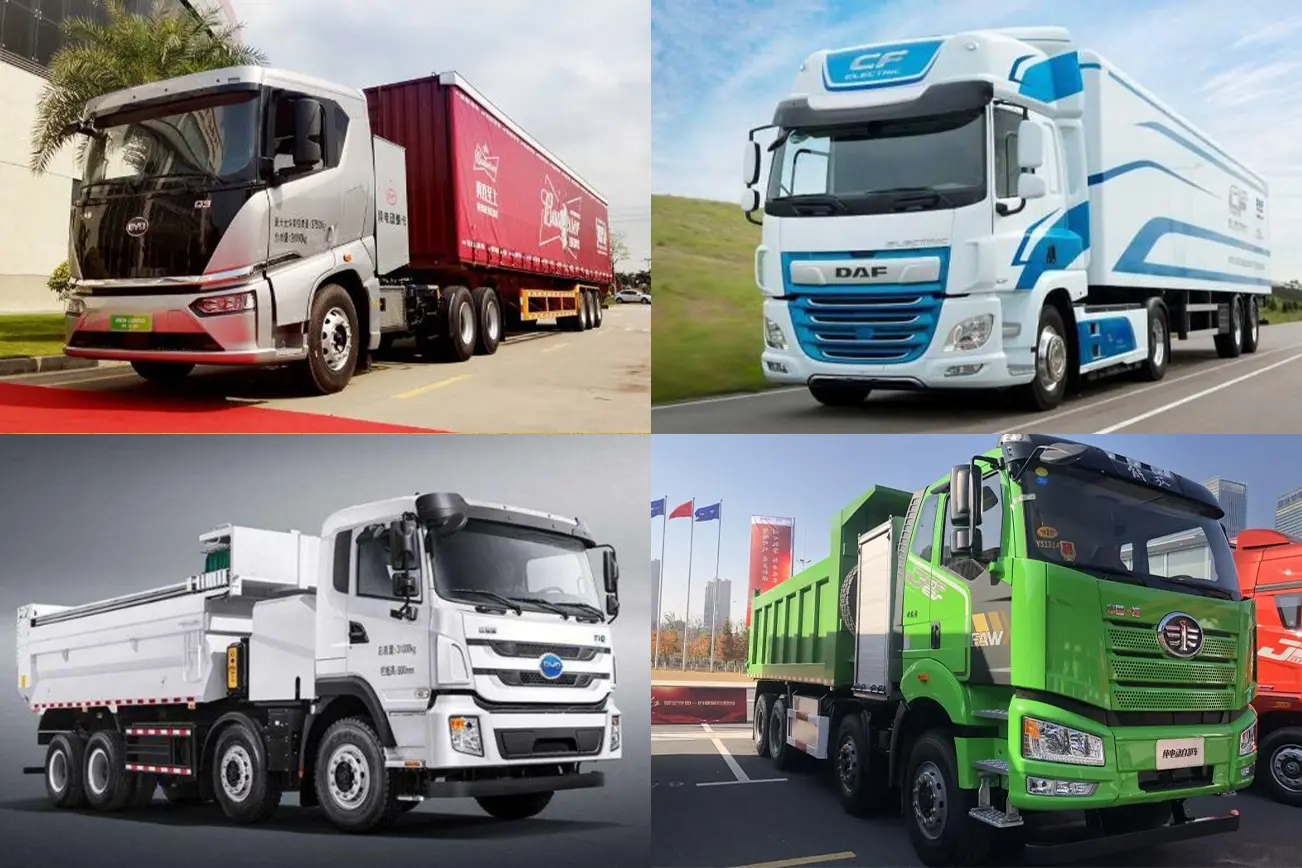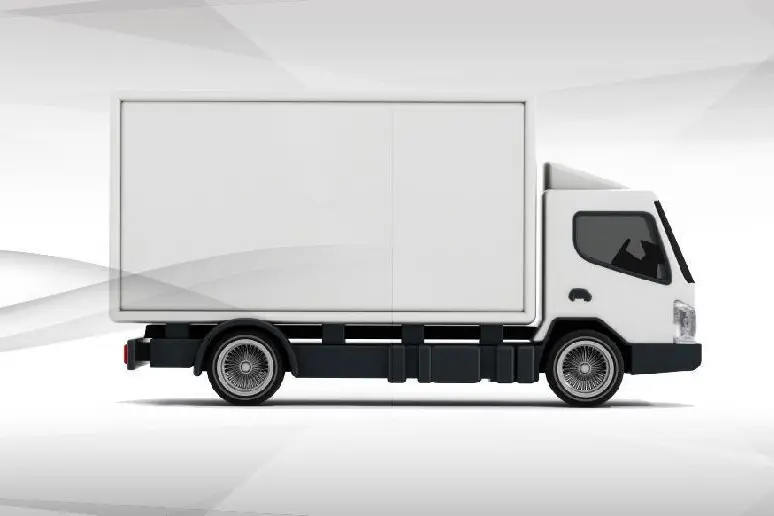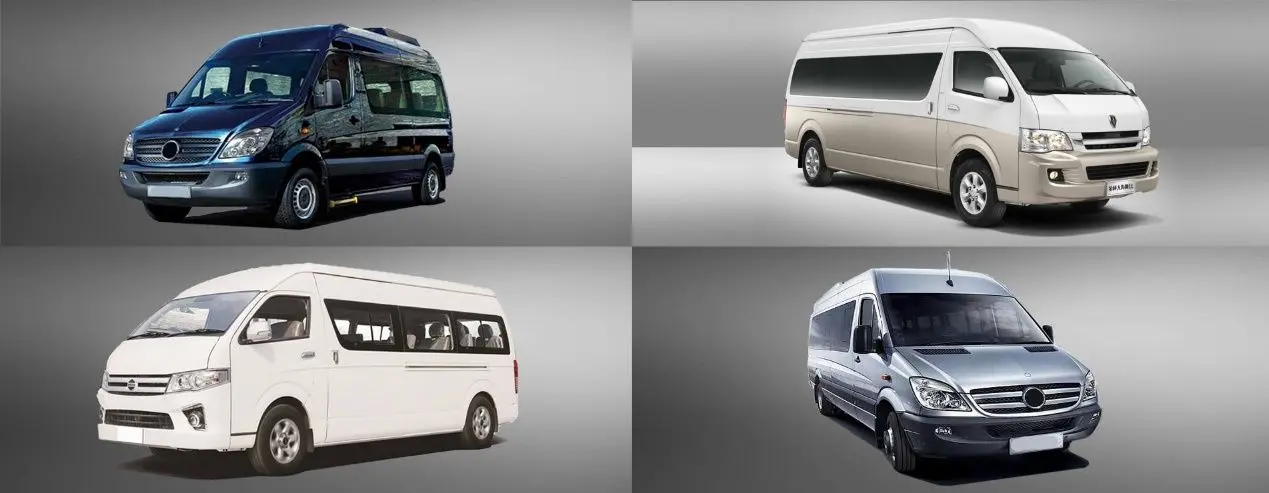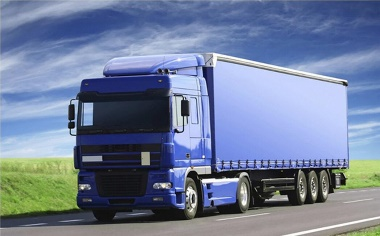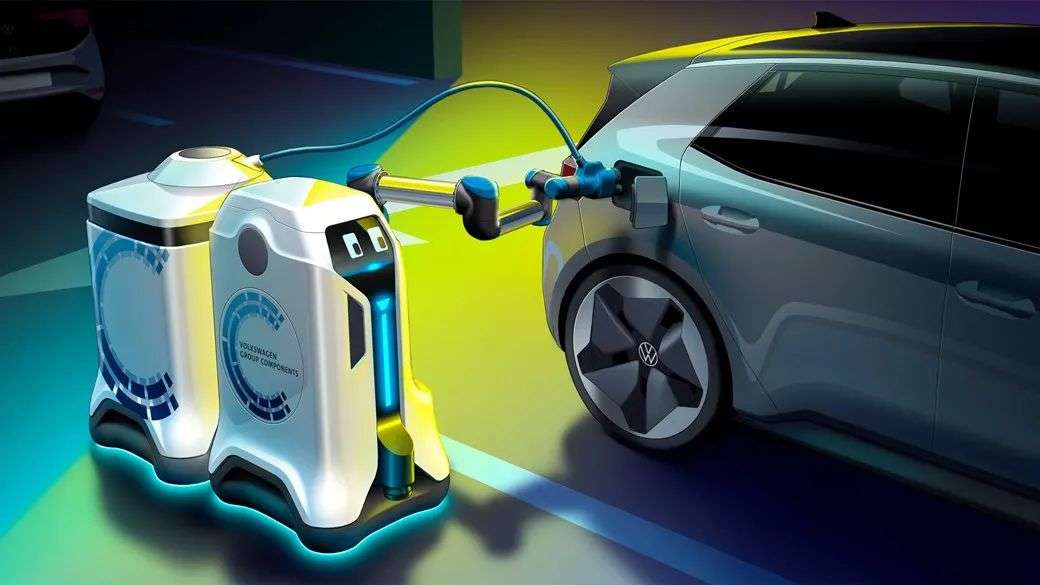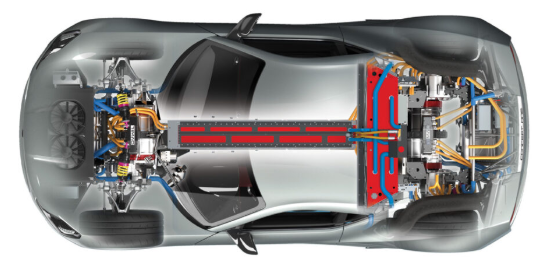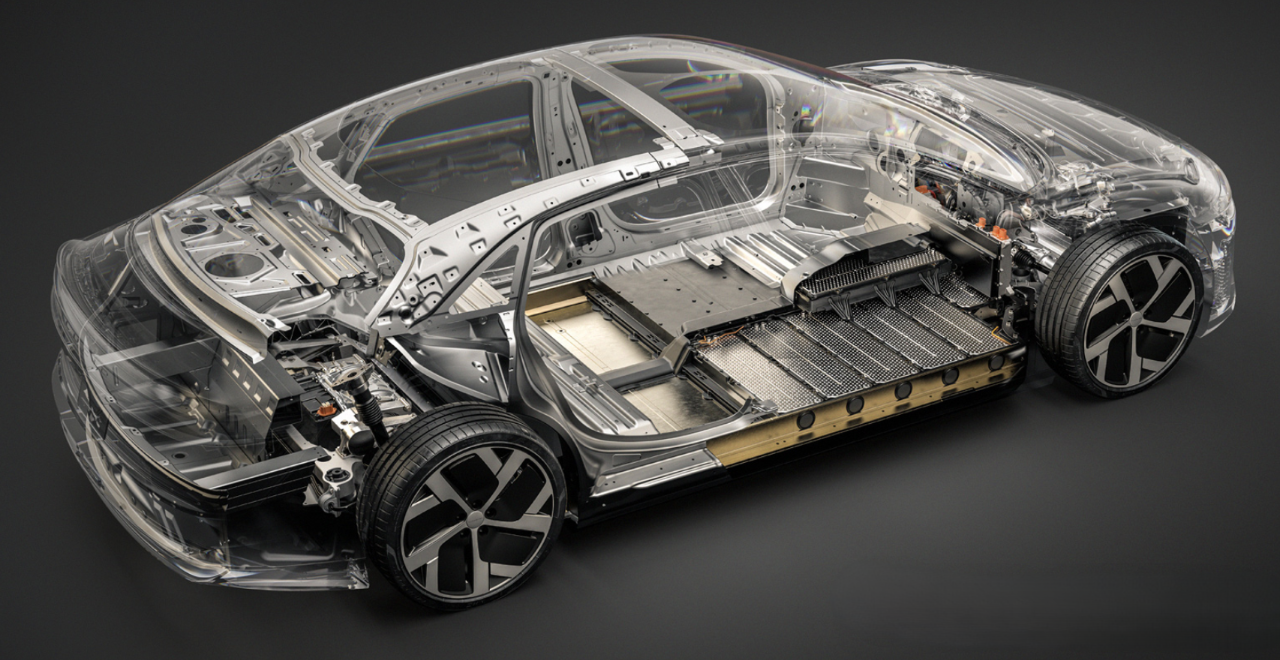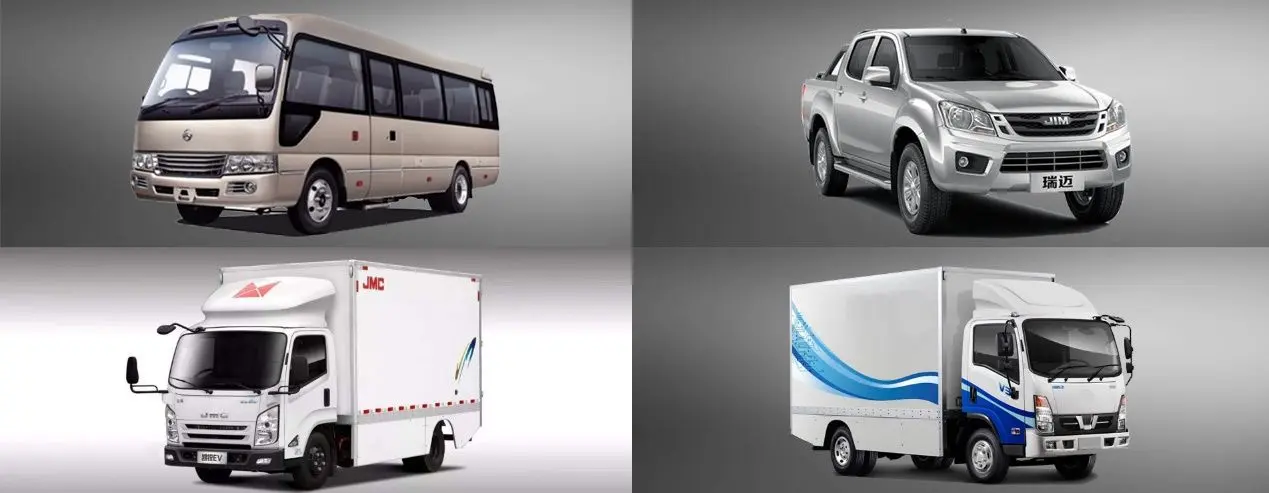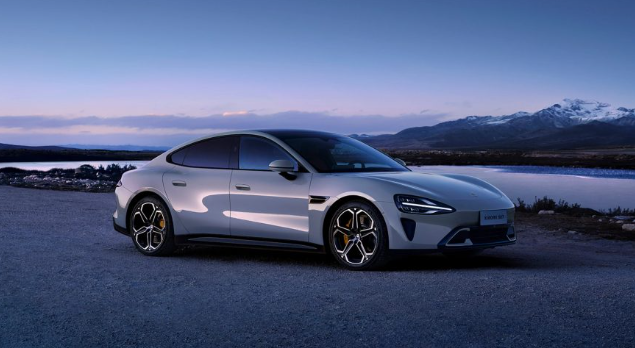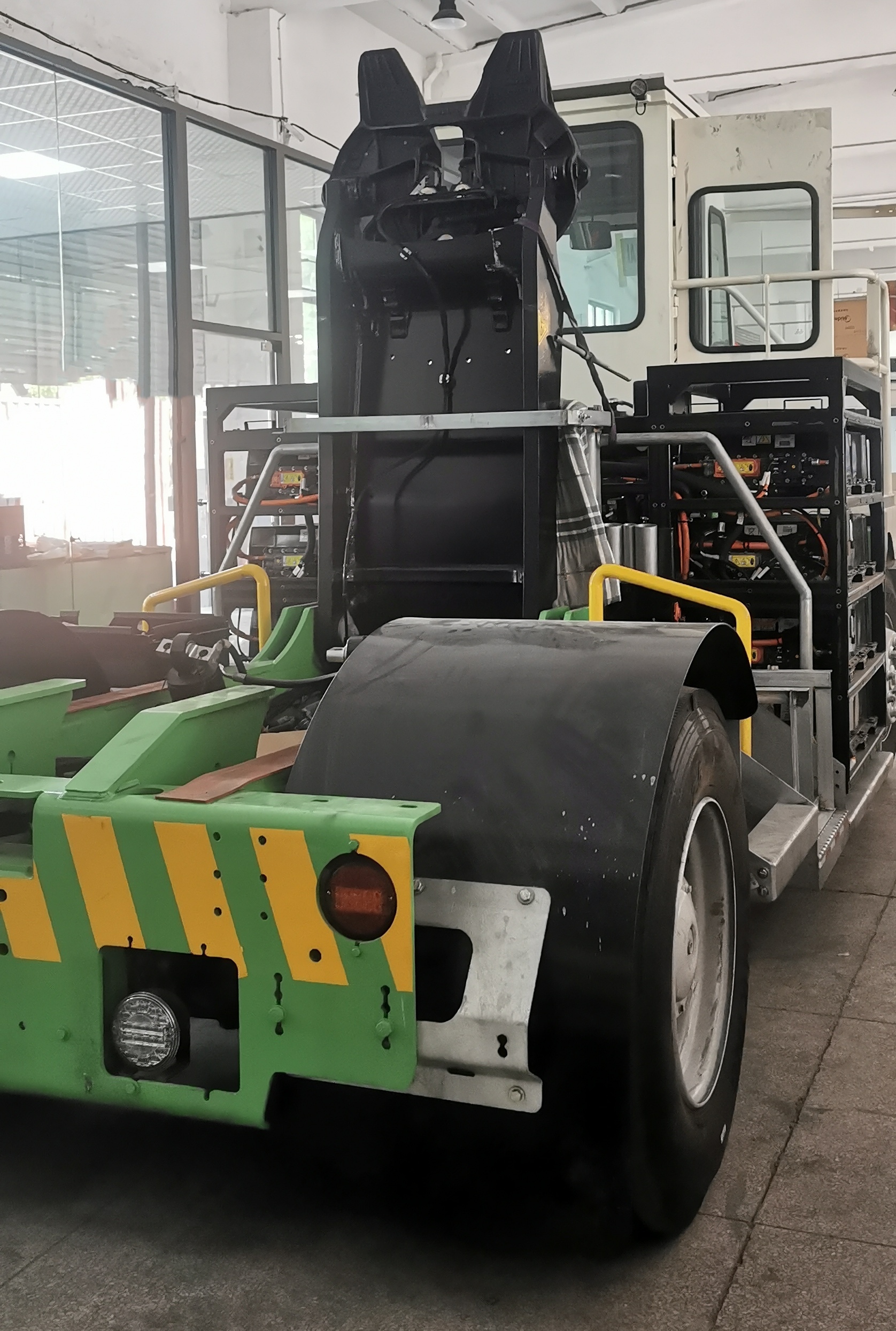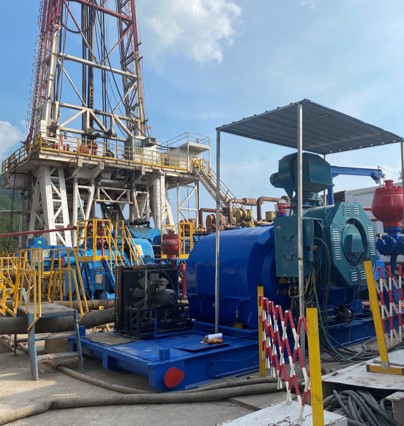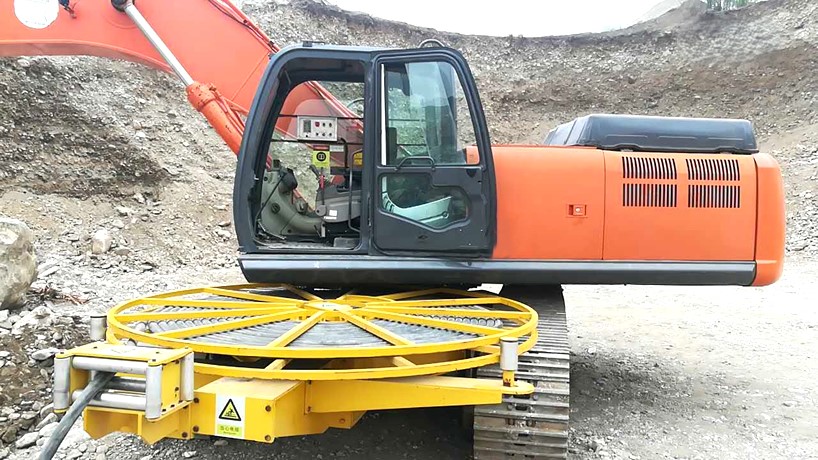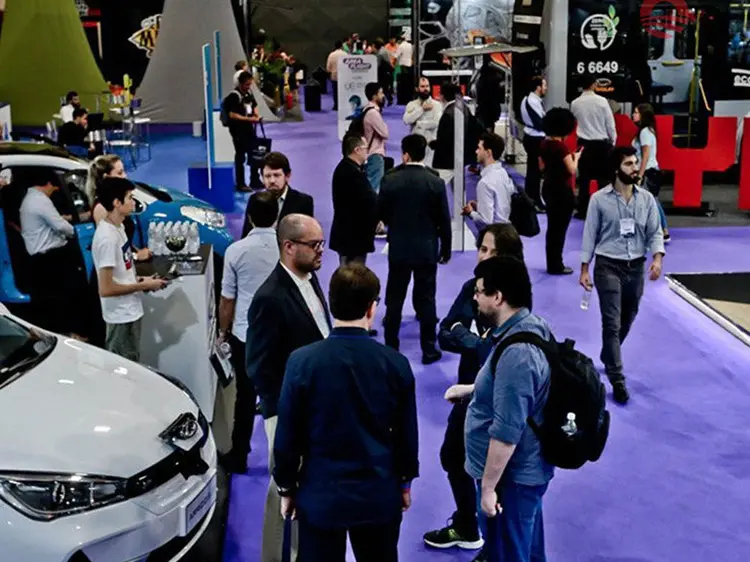Top Trends in DC to DC Converters for Electric Vehicles: What Buyers Should Know in 2025
Introduction: The Growing EV Market and Implications for B2B Buyers
The electric vehicle (EV) market is undergoing an unprecedented transformation as the world shifts toward greener and more sustainable transportation solutions. According to industry projections, EV sales are expected to surpass 50% of global auto sales by 2035, with significant year-on-year growth already visible in regions like North America, Europe, and Asia.
This surge in demand creates exciting opportunities — and unique challenges — for B2B buyers who supply critical components of EV powertrains, such as the dc to dc converter in electric vehicle systems. As EV designs become more complex and consumer expectations rise, suppliers of these converters are forced to innovate rapidly.
For buyers looking to remain competitive and source the right components, it is essential to understand the evolving role of the dc to dc converter in electric vehicle design and to keep pace with emerging trends. This article explores the top trends shaping this critical component in 2025 and provides actionable insights for B2B procurement teams.
The Evolving Role of DC to DC Converters in Electric Vehicles
A dc to dc converter in electric vehicle systems plays a pivotal role in managing and distributing power efficiently. In essence, this converter transforms high-voltage power from the EV’s main battery into lower voltages required by auxiliary systems, such as lighting, infotainment, heating, and control units.
Unlike internal combustion engine (ICE) vehicles, which rely on alternators to supply 12V or 48V power for accessories, EVs depend on these converters for stable low-voltage supply. Moreover, as EV architectures become more sophisticated — incorporating features like autonomous driving, advanced driver-assistance systems (ADAS), and connected car technologies — the power demands and complexity of the converters increase.
As such, understanding trends in dc to dc converter in electric vehicle technology is crucial for any B2B buyer or OEM looking to source the most efficient and future-proof solutions.
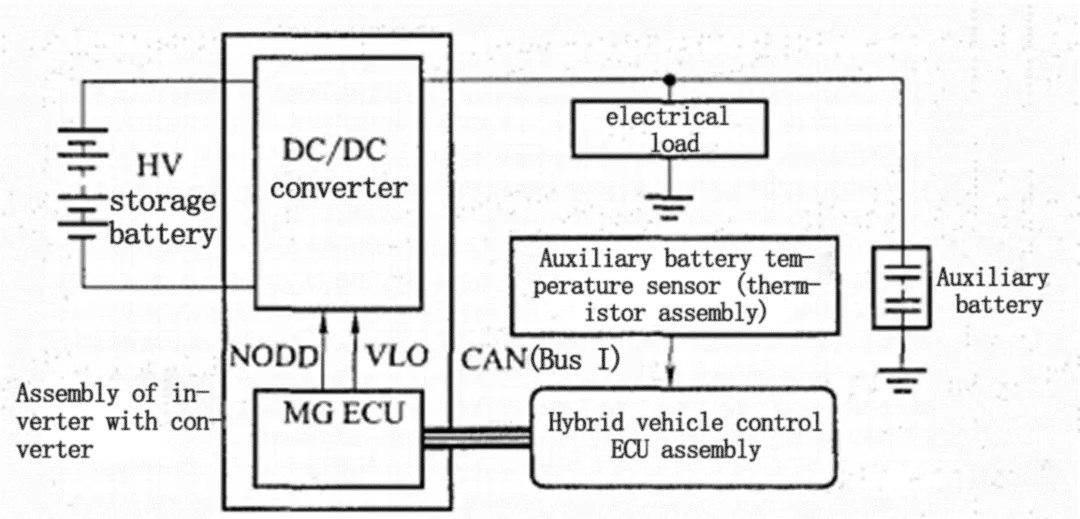
Trend 1: Bidirectional DC to DC Converters Gain Momentum
One of the most notable shifts in 2025 is the growing adoption of bidirectional dc to dc converter in electric vehicle designs. Traditionally, these converters were unidirectional, delivering power from the high-voltage battery to the low-voltage systems.
However, bidirectional converters enable power flow in both directions, which is particularly important for applications such as:
- Regenerative braking energy recovery into the low-voltage battery.
- Vehicle-to-load (V2L) and vehicle-to-grid (V2G) capabilities, allowing EVs to supply energy back to homes or the grid during peak demand.
- Improved battery management by enabling the auxiliary battery to support the main battery under certain conditions.
For buyers, specifying a bidirectional dc to dc converter in electric vehicle projects can provide added value and align with consumer demands for energy flexibility and sustainability. In 2025, we can expect more OEMs and Tier 1 suppliers to offer bidirectional options as standard, particularly in premium and commercial EV segments.
Trend 2: Higher Power Density and Miniaturization
Another key trend shaping the dc to dc converter in electric vehicle industry is the push for higher power density and smaller form factors. Space is at a premium in EV designs, and manufacturers constantly seek to reduce the size and weight of components without sacrificing performance.
Technologies like wide-bandgap (WBG) semiconductors — such as silicon carbide (SiC) and gallium nitride (GaN) — are enabling significant improvements in power density. These materials allow converters to operate at higher frequencies with better thermal characteristics, translating into smaller heat sinks, lighter components, and overall more compact designs.
For B2B buyers, this means working closely with suppliers who leverage these advanced materials and can offer compact dc to dc converter in electric vehicle solutions that meet stringent packaging requirements.
Trend 3: Enhanced Efficiency and Thermal Management
Efficiency remains a perennial concern for EVs, where every watt of saved energy contributes to extended range and better battery performance. In 2025, we will see further advancements in the efficiency of dc to dc converter in electric vehicle systems, with conversion efficiencies approaching and even exceeding 98% in some designs.
Equally important is thermal management. As power density increases, heat dissipation becomes more challenging. Buyers should prioritize converters with innovative thermal solutions, such as advanced cooling technologies and robust thermal interface materials (TIMs), to ensure reliability and longevity under harsh operating conditions.
For fleet operators and commercial buyers especially, choosing high-efficiency and well-cooled dc to dc converter in electric vehicle options can lead to measurable reductions in total cost of ownership (TCO).
Trend 4: Integrated Digital Controls and Smart Features
As part of the broader trend toward vehicle electrification and connectivity, modern dc to dc converter in electric vehicle designs now feature integrated digital controls and smart monitoring capabilities.
Digital control platforms allow real-time monitoring of key parameters, such as:
Output voltage and current.
Temperature and thermal performance.
Fault detection and predictive maintenance alerts.
Some converters even feature communication interfaces, such as CAN or LIN bus support, enabling seamless integration with the vehicle’s central control system.
B2B buyers in 2025 should prioritize suppliers who offer these smart, digitally enabled dc to dc converter in electric vehicle solutions, which align with the industry’s shift toward connected and autonomous vehicles.
Trend 5: Standards Compliance and Certification
With EVs becoming mainstream, regulatory and safety standards are tightening. Buyers need to ensure that every dc to dc converter in electric vehicle they source meets the relevant standards for electrical safety, electromagnetic compatibility (EMC), and environmental robustness.
Key standards and certifications to look for include:
- ISO 26262 (Functional Safety for Road Vehicles).
- Automotive Electronics Council (AEC-Q100) qualification for components.
- RoHS and REACH compliance for environmental impact.
In 2025, compliance will not only be a matter of meeting legal requirements but also of protecting brand reputation and minimizing risk. Savvy B2B buyers will insist on full documentation and testing data for any dc to dc converter in electric vehicle offered by suppliers.
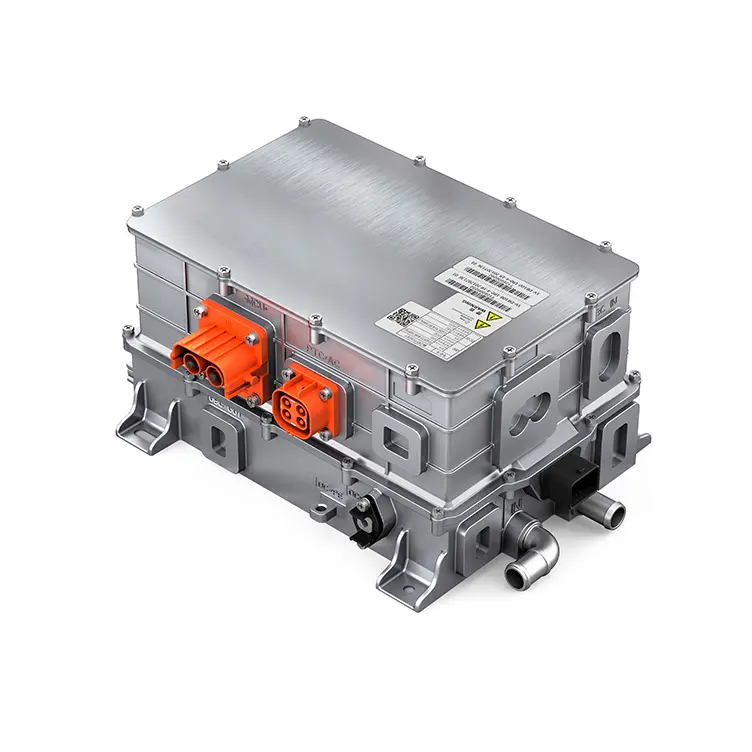
Best Practices for B2B Buyers in 2025
To successfully navigate the rapidly evolving landscape of EV components, buyers of dc to dc converter in electric vehicle systems should follow these best practices:
1. Partner with Reputable Suppliers
Work with established manufacturers that have a proven track record in the automotive space. Evaluate their R&D capabilities, manufacturing quality controls, and after-sales support.
2. Specify Future-Proof Features
Look beyond today’s requirements. Opt for bidirectional, high-efficiency, and digitally controlled dc to dc converter in electric vehicle units that can handle future functionalities like V2G and over-the-air (OTA) updates.
3. Prioritize Testing and Validation
Insist on rigorous in-house and third-party testing to validate performance under various operating conditions — from extreme temperatures to high vibration environments.
4. Evaluate Total Cost of Ownership
Consider not just the upfront cost, but also the impact on efficiency, warranty claims, and maintenance over the life of the vehicle.
5. Stay Informed
Keep abreast of industry trends, emerging standards, and technological advancements to make informed purchasing decisions that align with long-term business goals.
By applying these best practices, B2B buyers can secure reliable, high-performance dc to dc converter in electric vehicle solutions that add value to their EV platforms.
Conclusion
The role of the dc to dc converter in electric vehicle systems has evolved from a simple step-down power supply to a sophisticated, multi-functional component at the heart of modern EV architecture. As we move into 2025, the trends of bidirectional operation, miniaturization, higher efficiency, smart digital features, and standards compliance will dominate the market.
For B2B buyers, staying ahead of these trends is not just an opportunity — it’s a necessity. By choosing the right suppliers and prioritizing future-ready features, buyers can position themselves as leaders in the dynamic and competitive EV space.
Whether you are sourcing for passenger cars, commercial fleets, or next-generation autonomous vehicles, the dc to dc converter in electric vehicle is a critical investment. Take the time to research, evaluate, and partner with innovators who understand where the market is headed.
By making informed decisions today, you can ensure your EV offerings remain competitive, efficient, and compliant well into the future.











